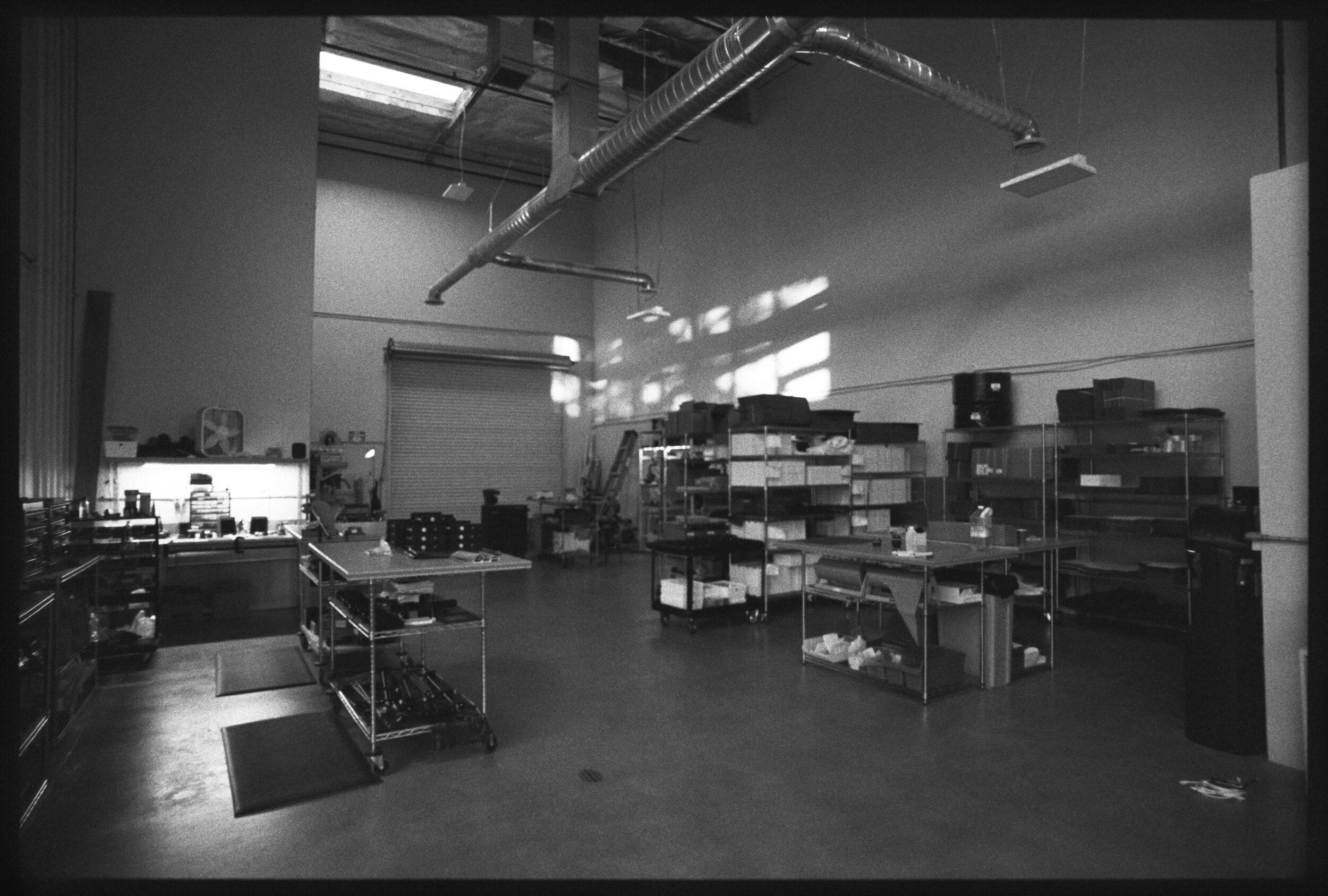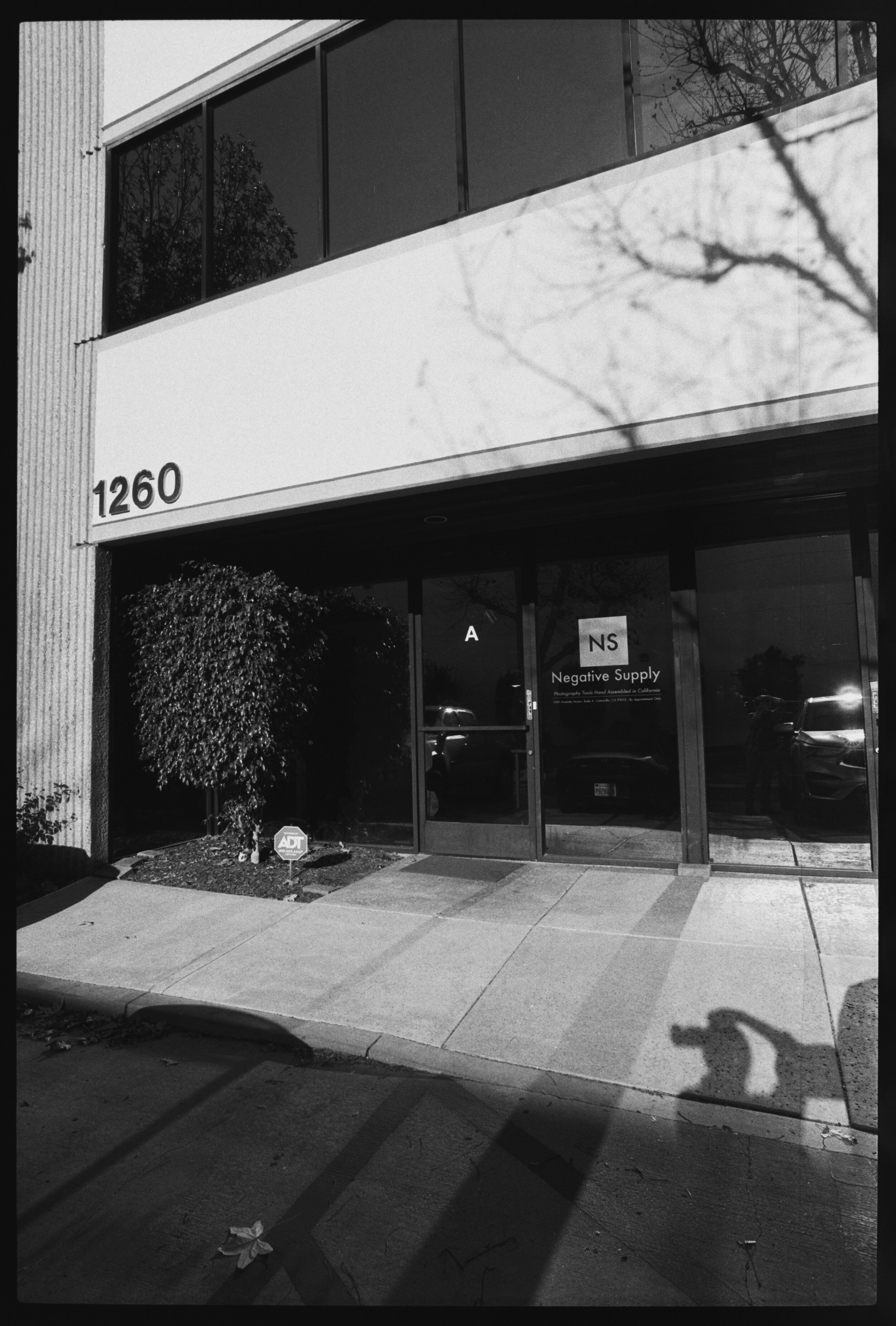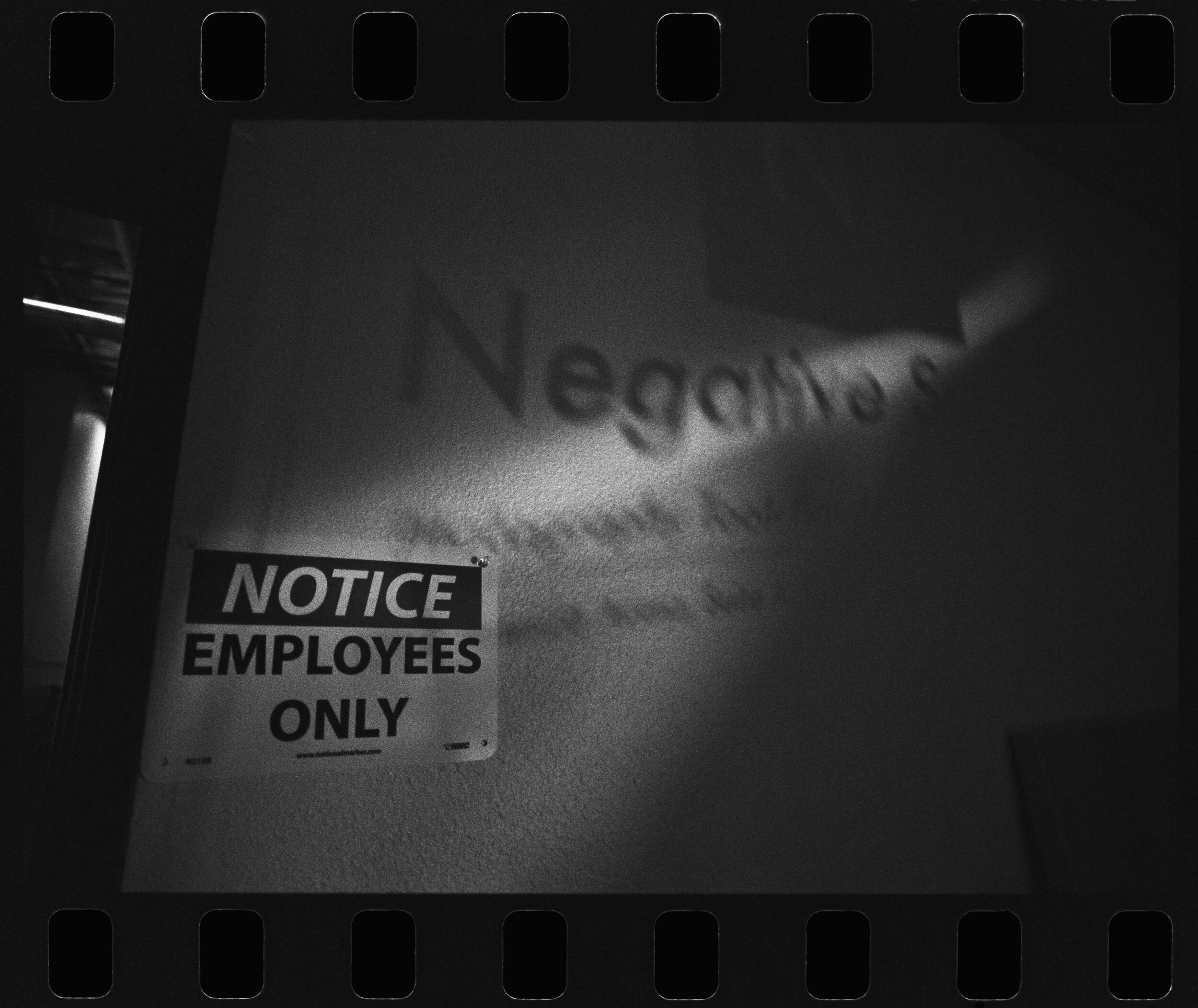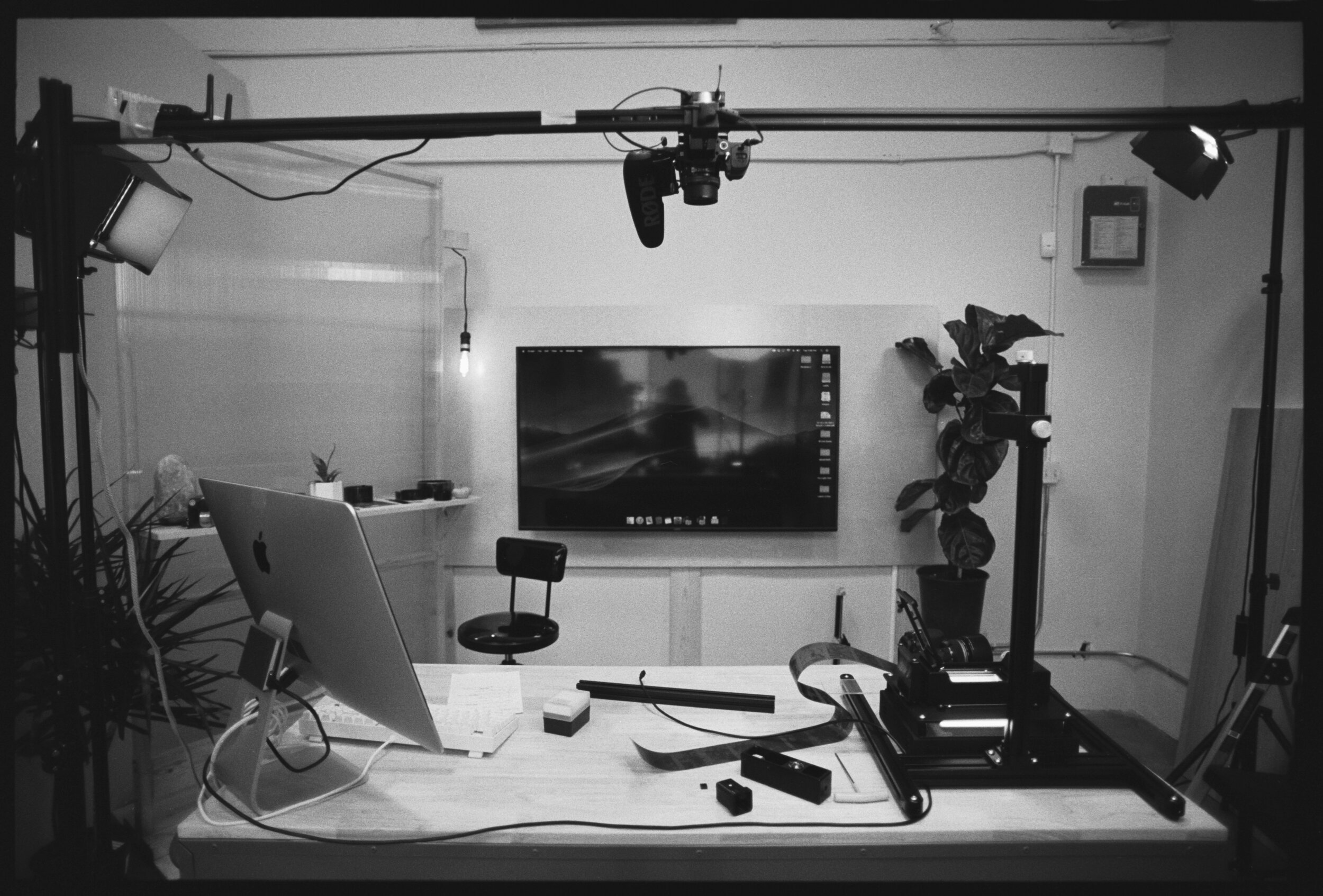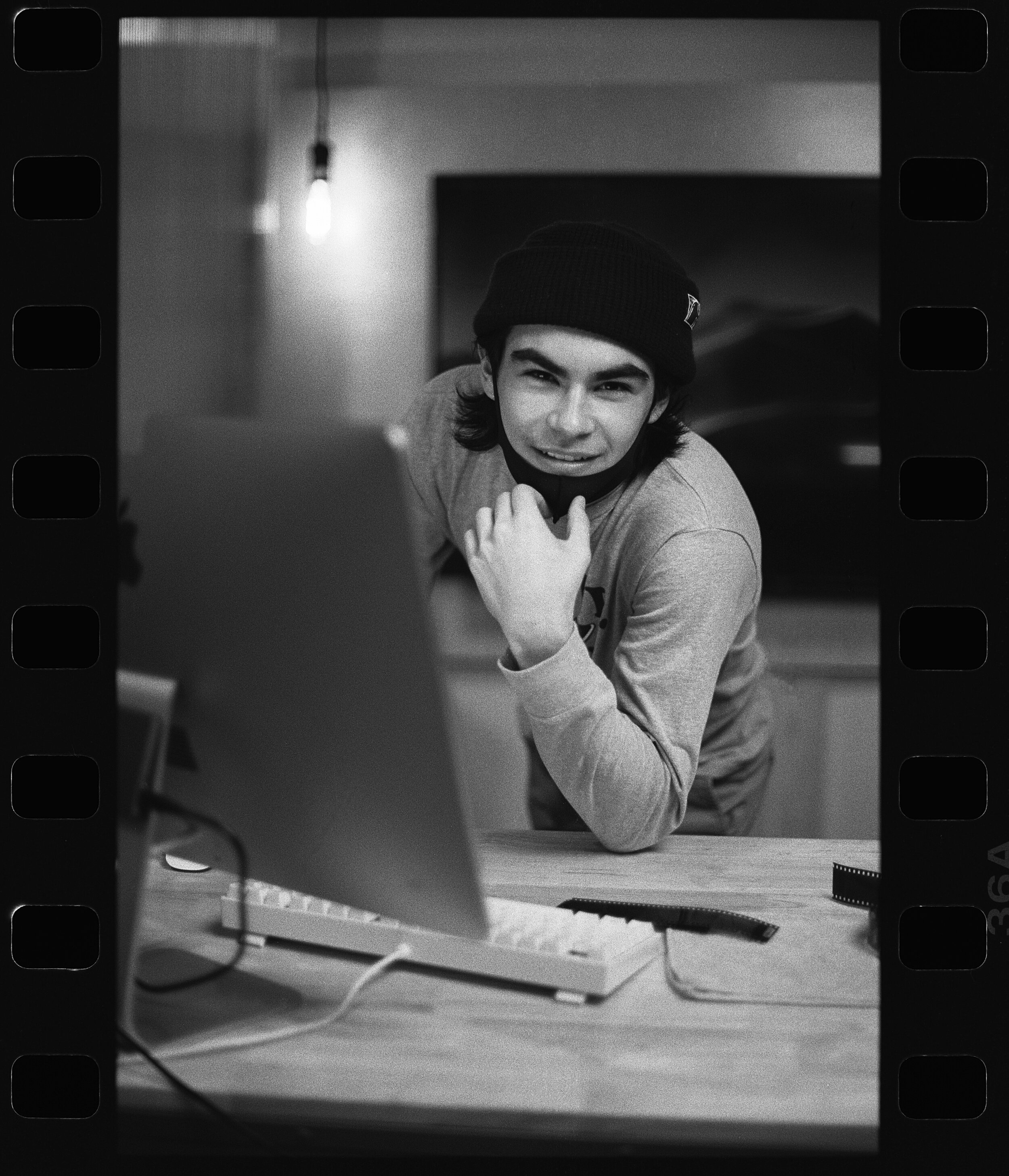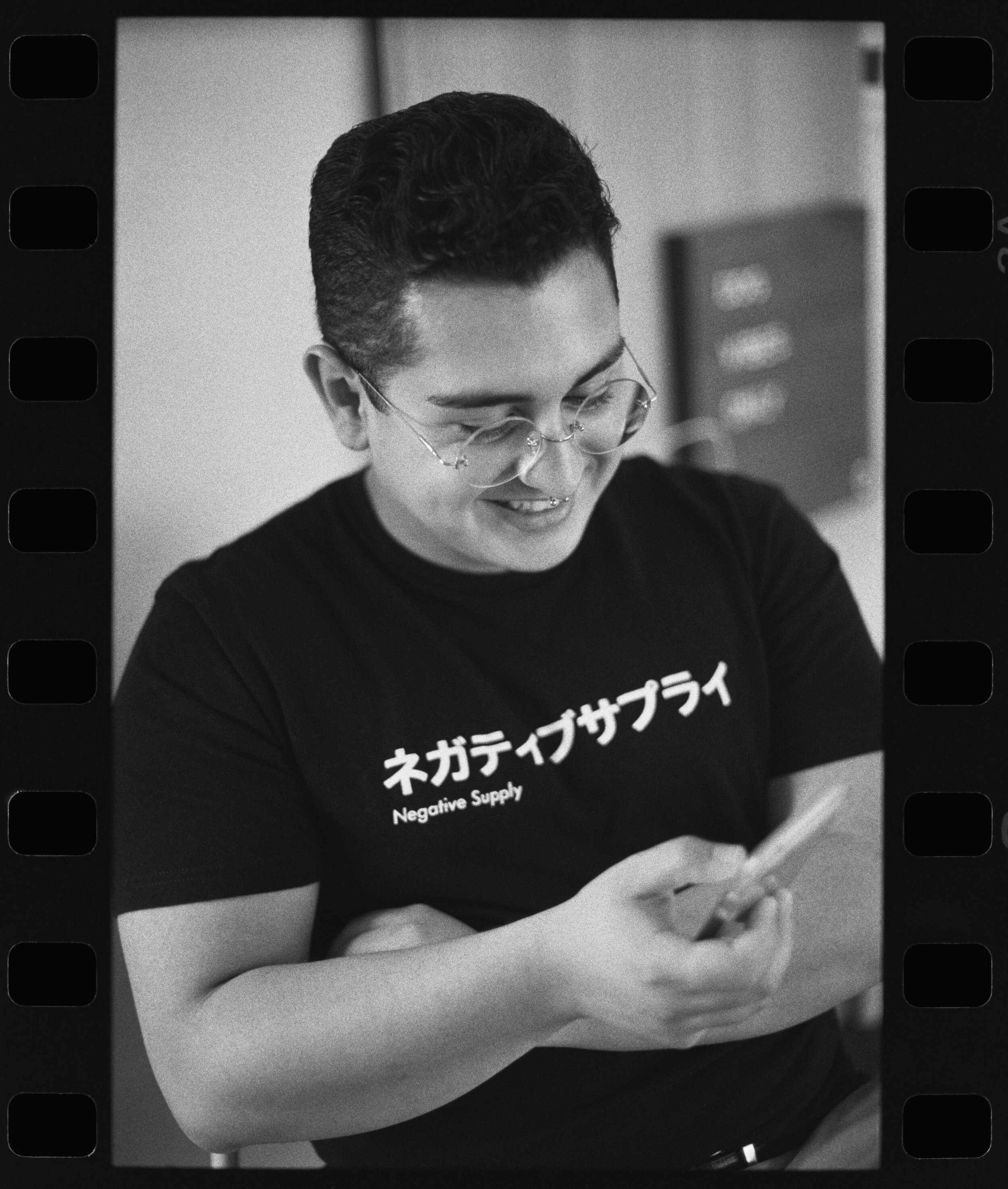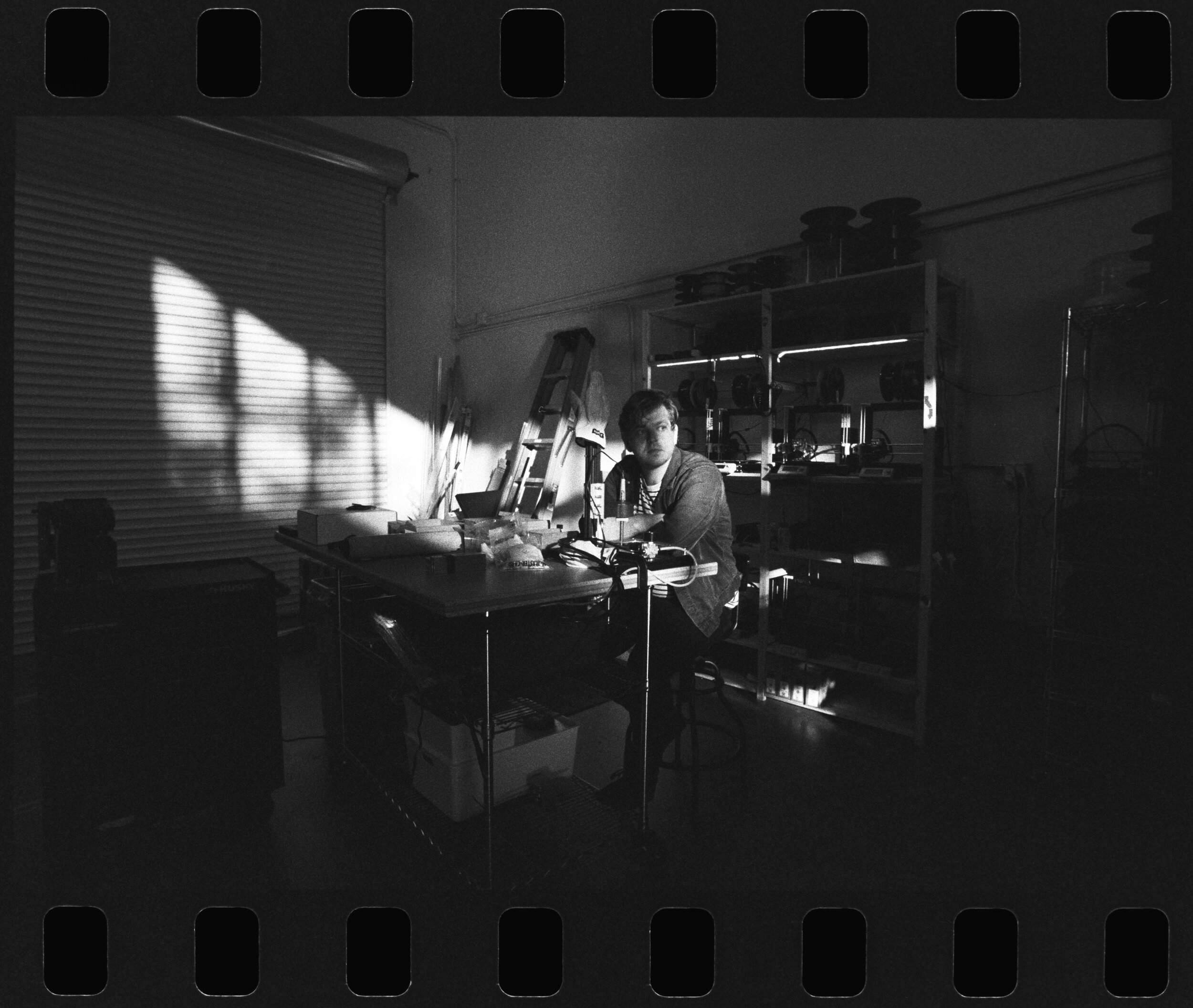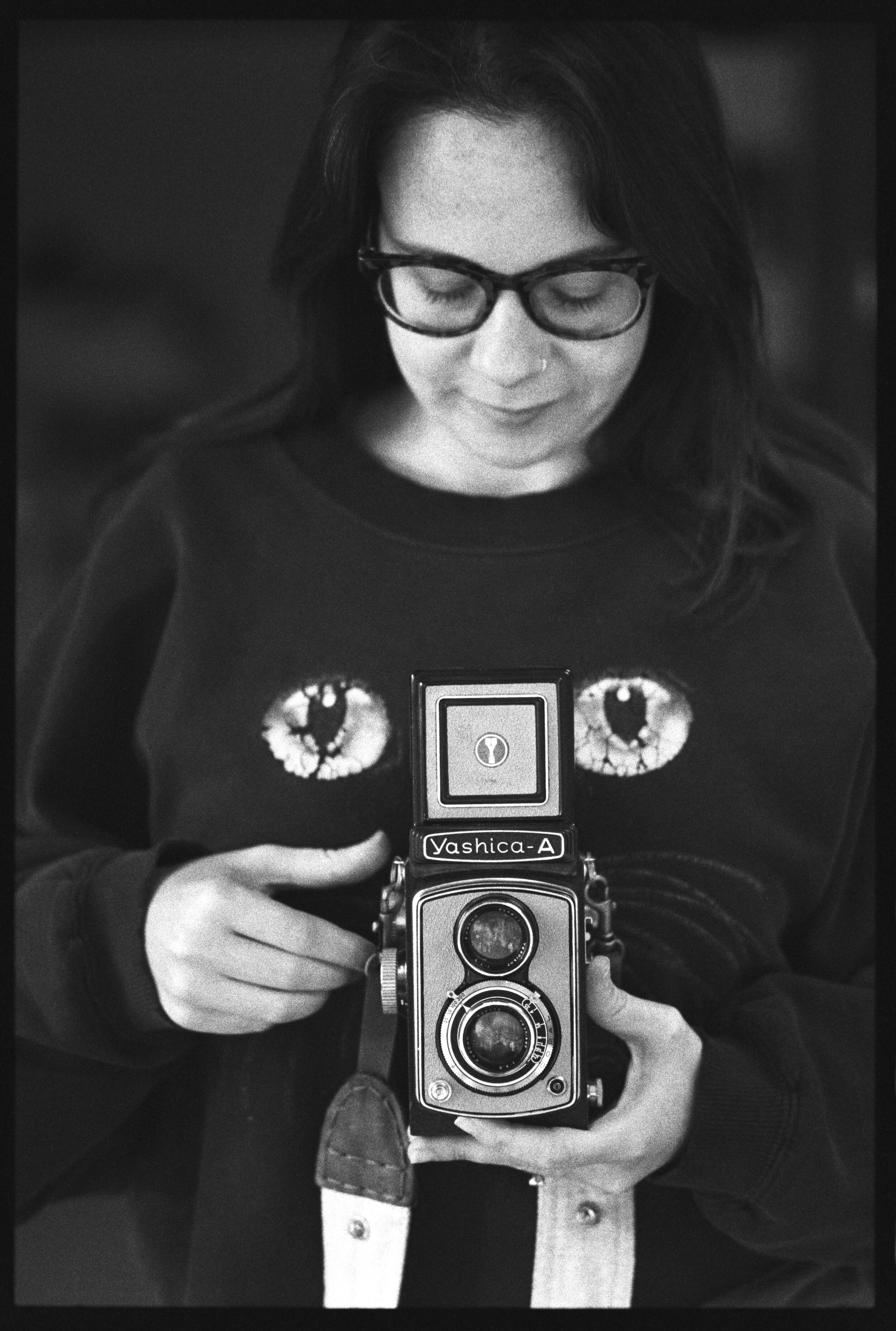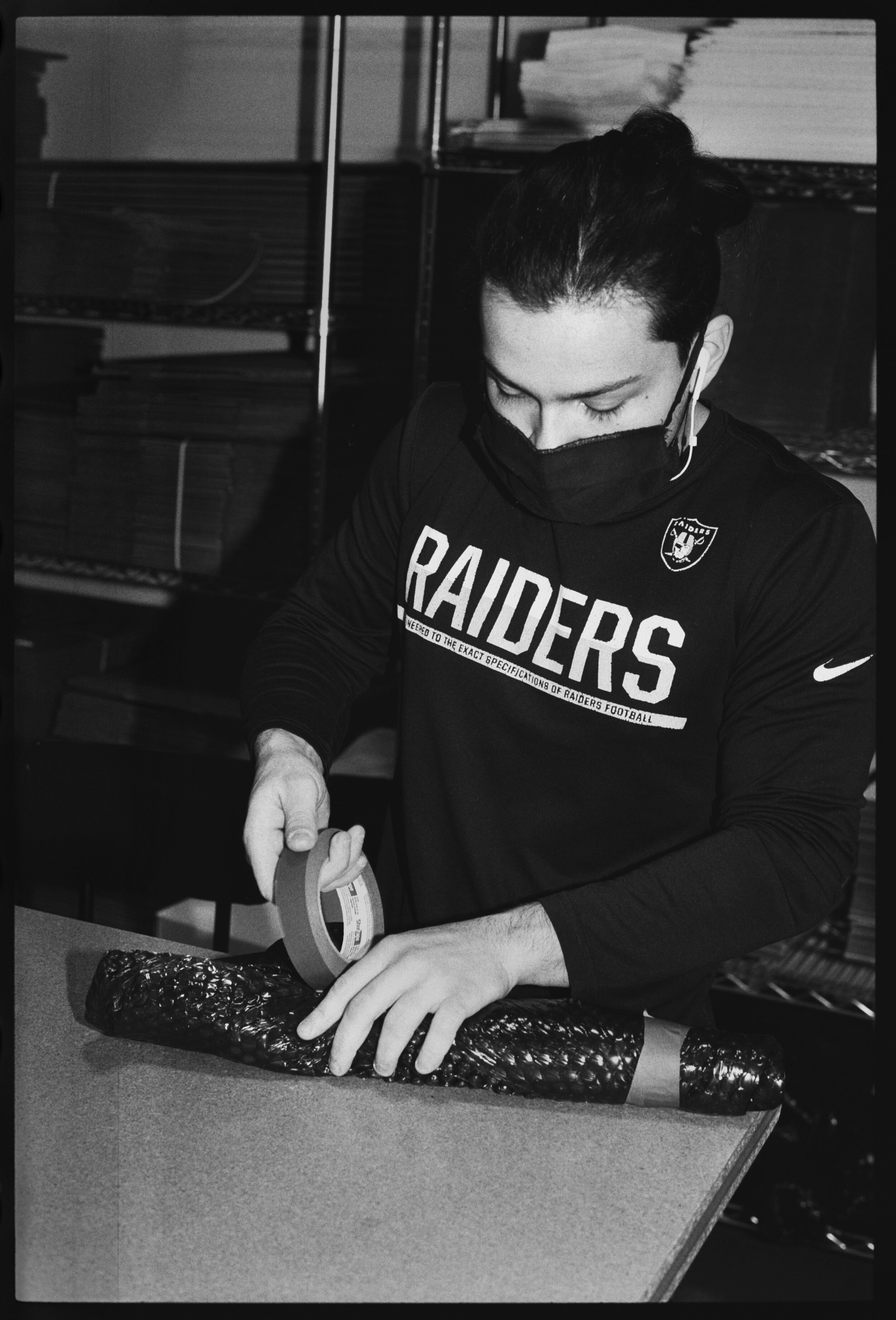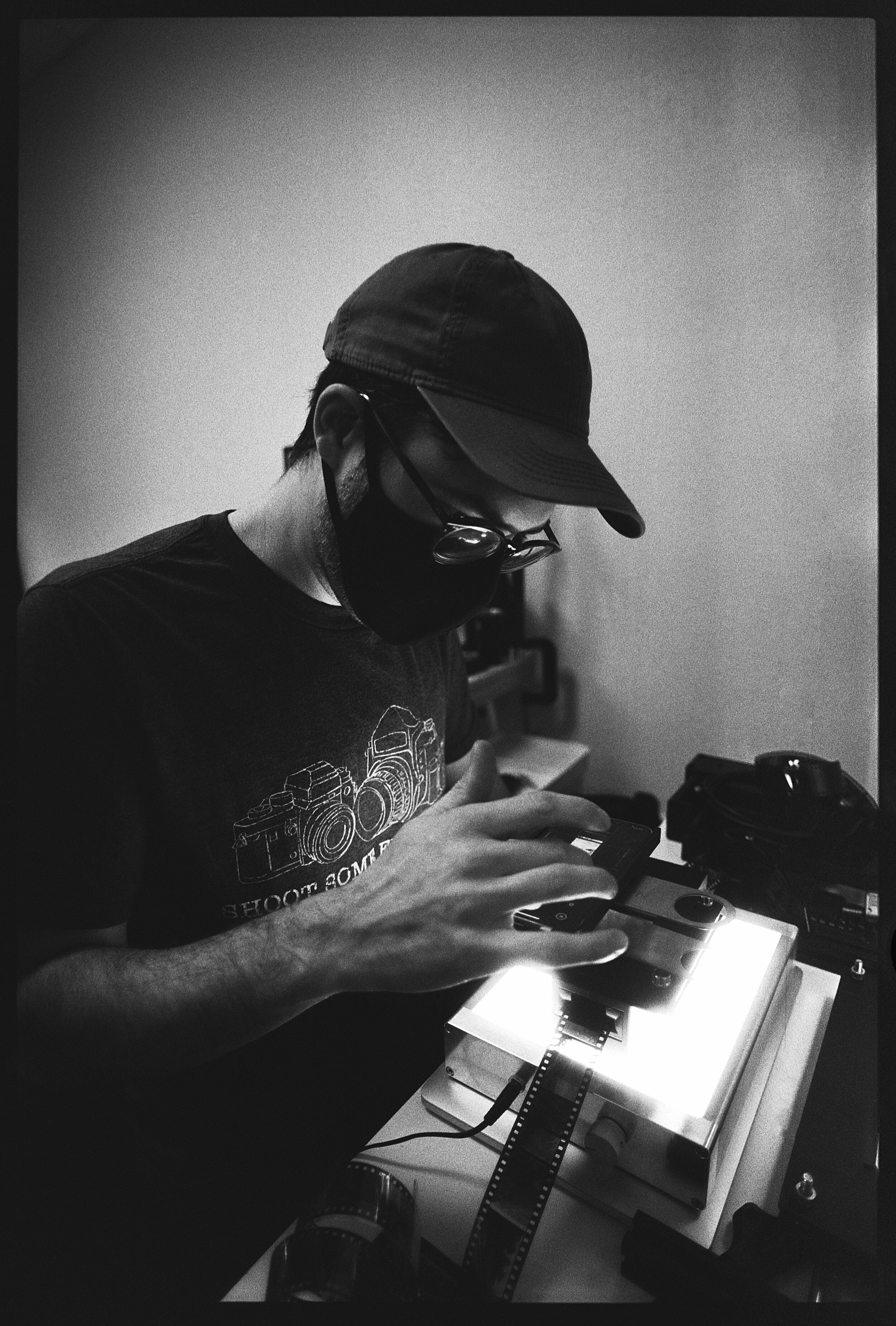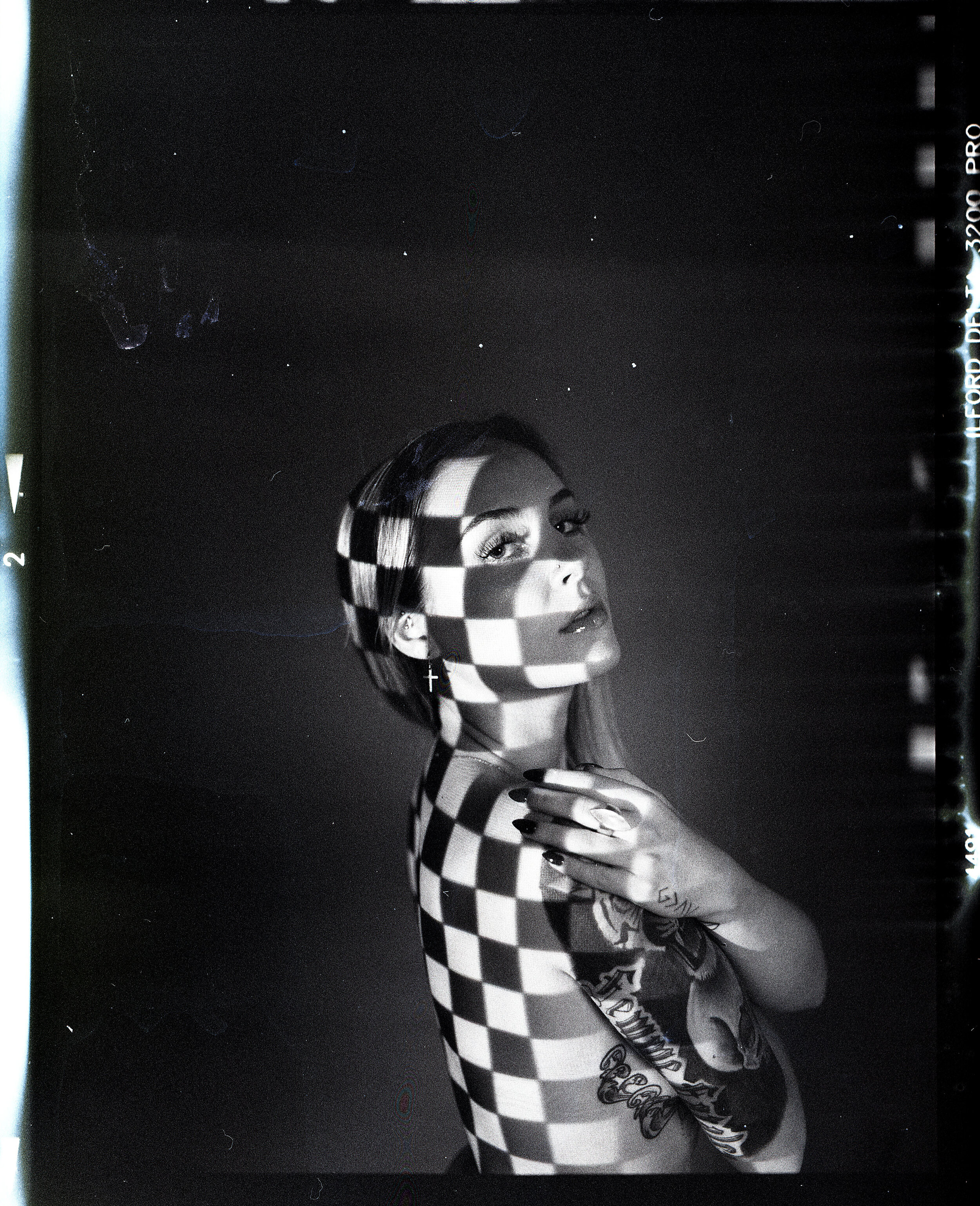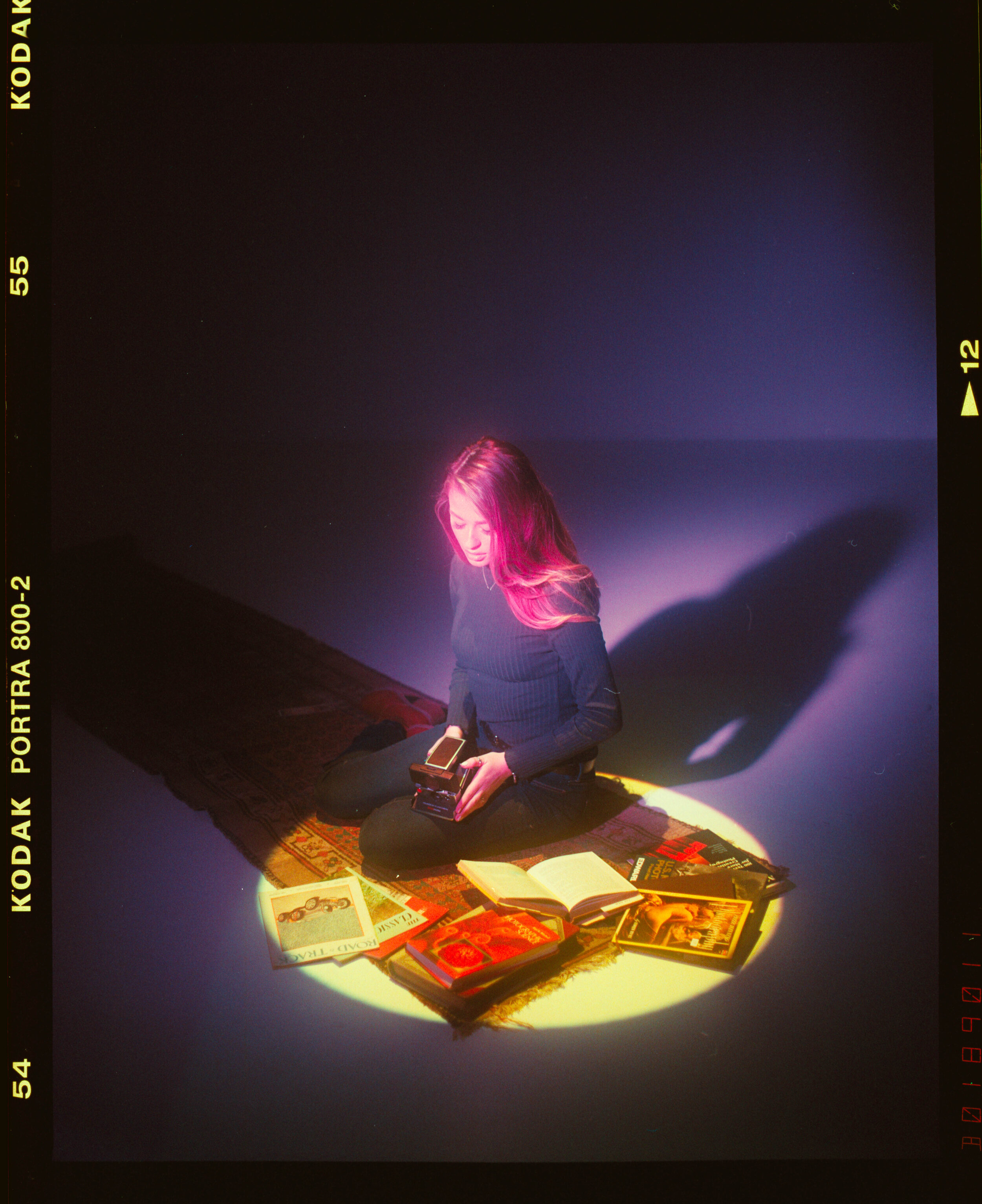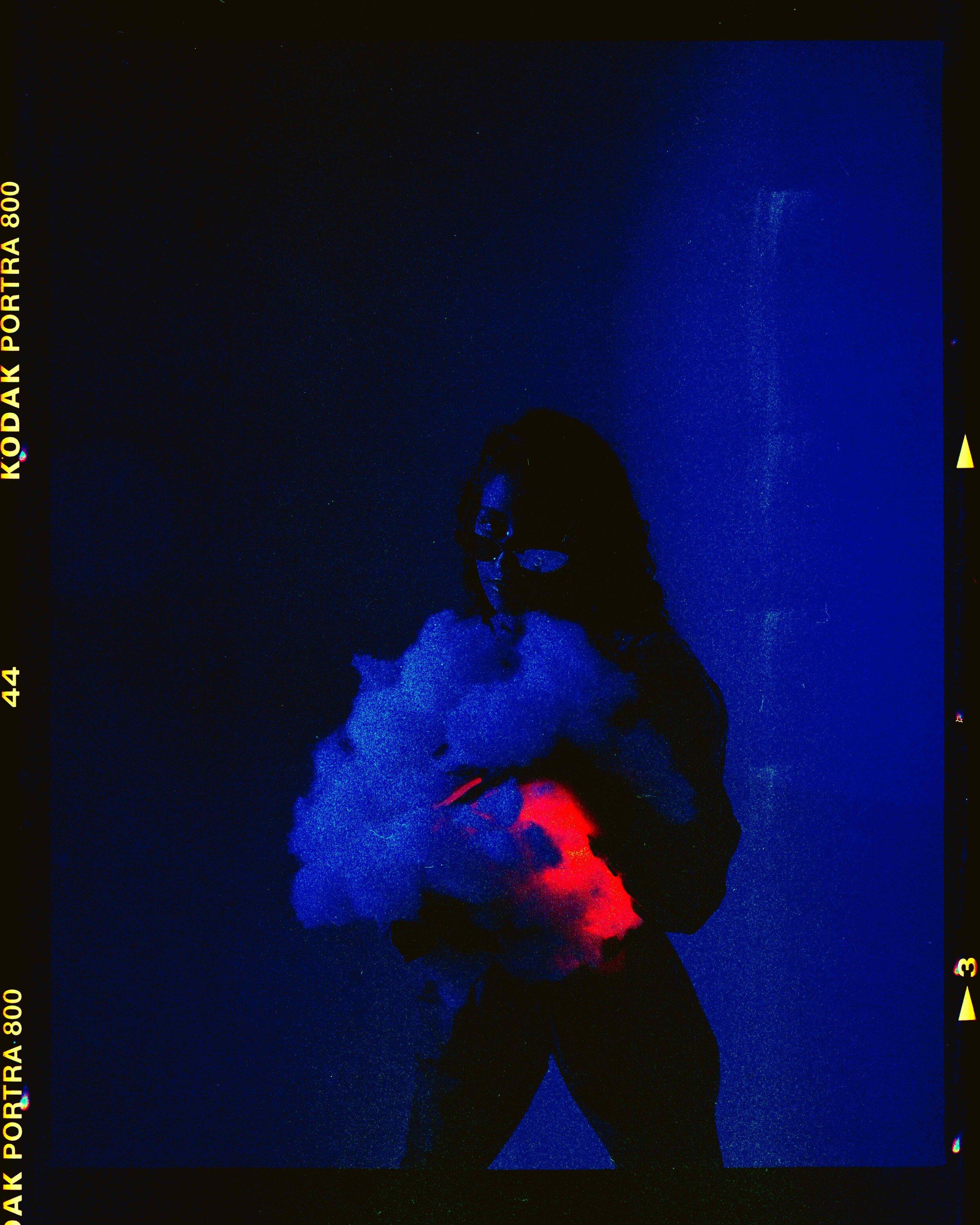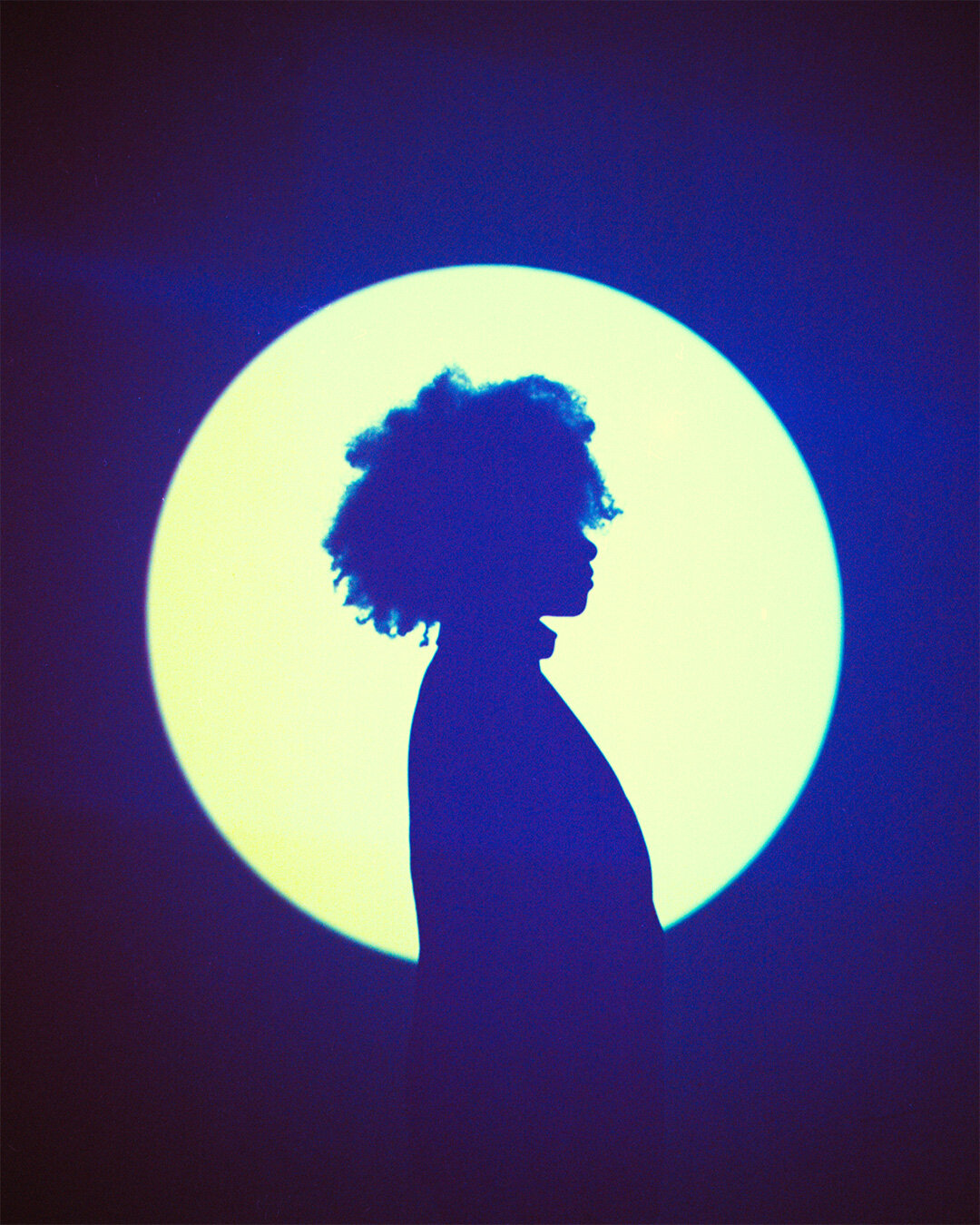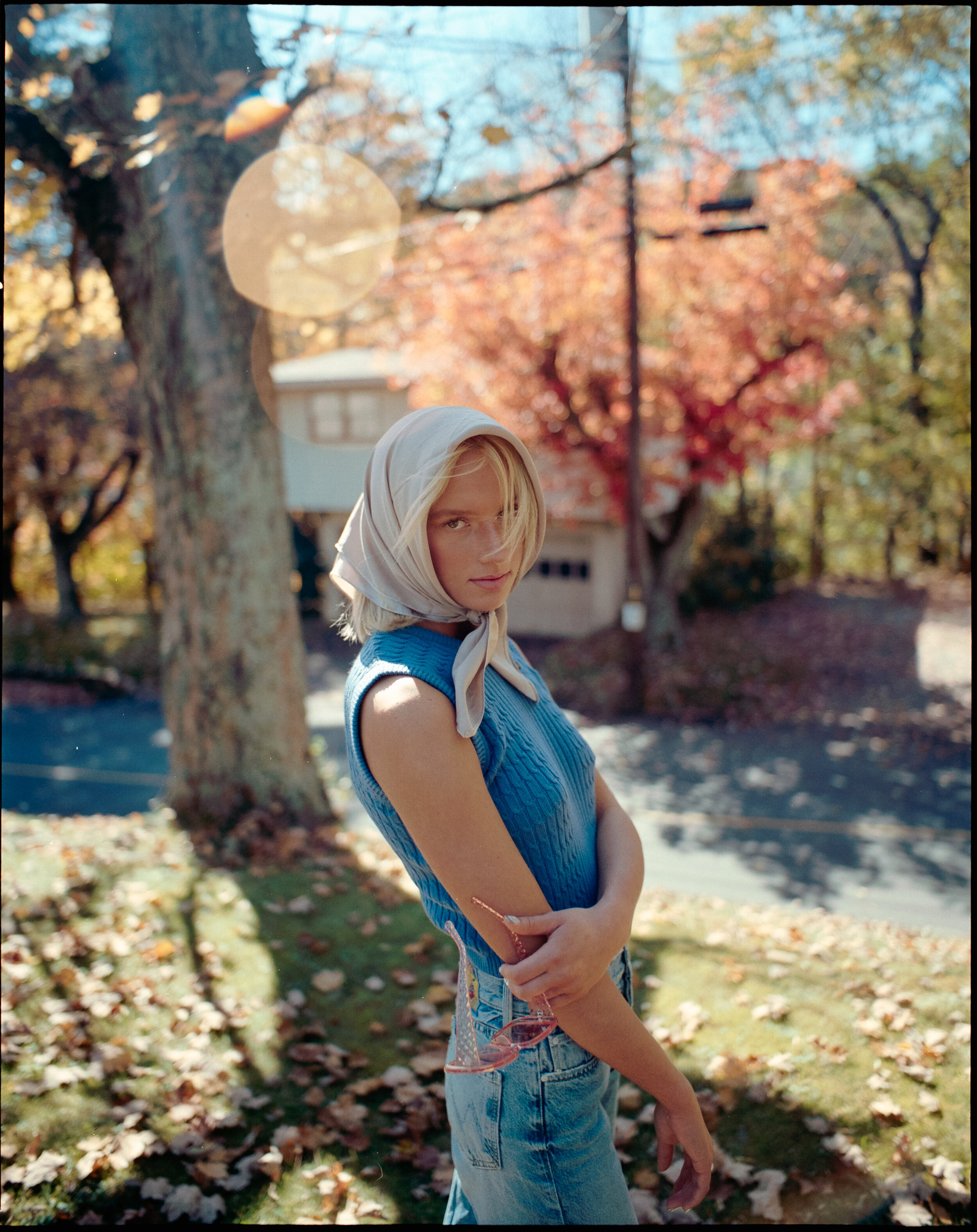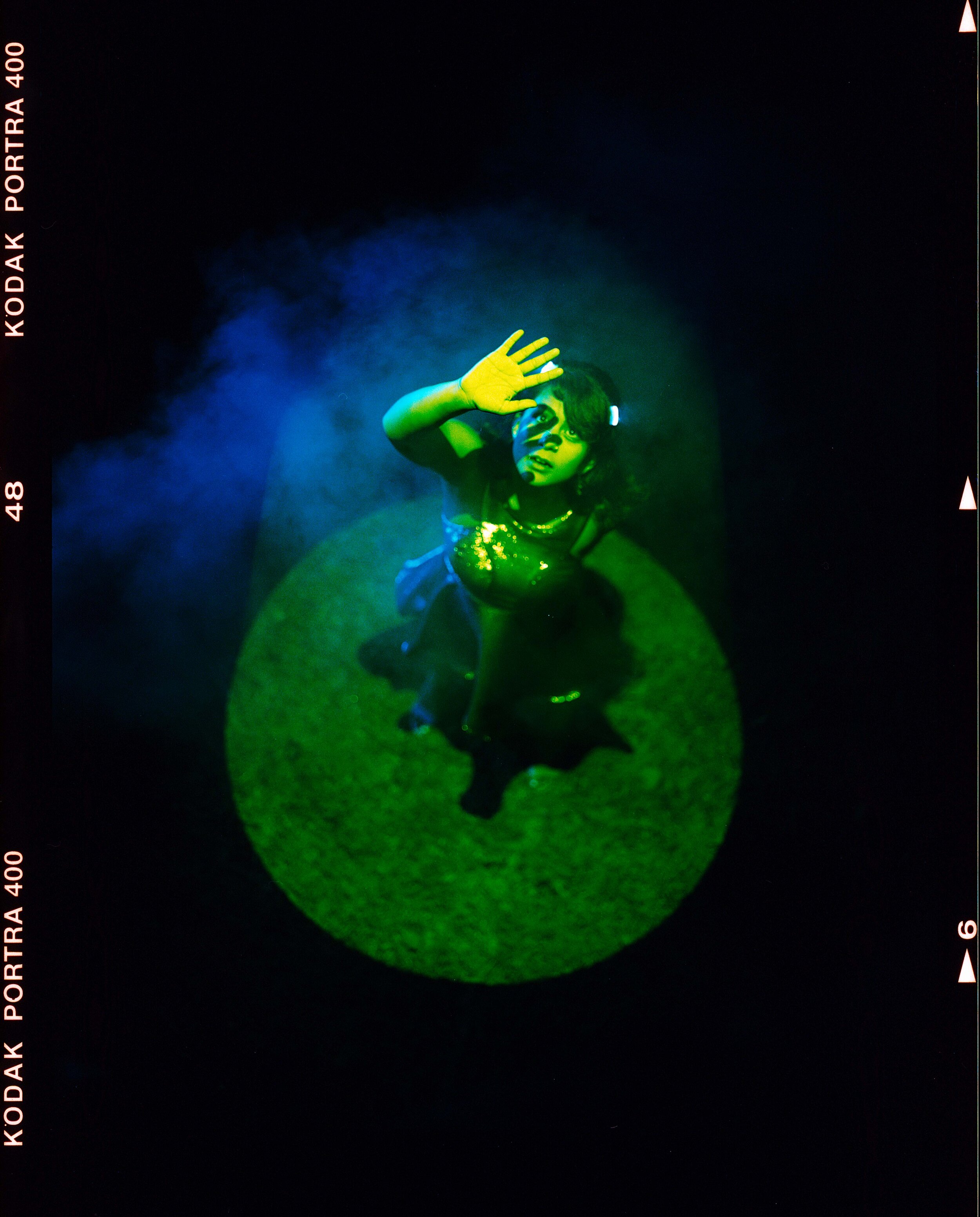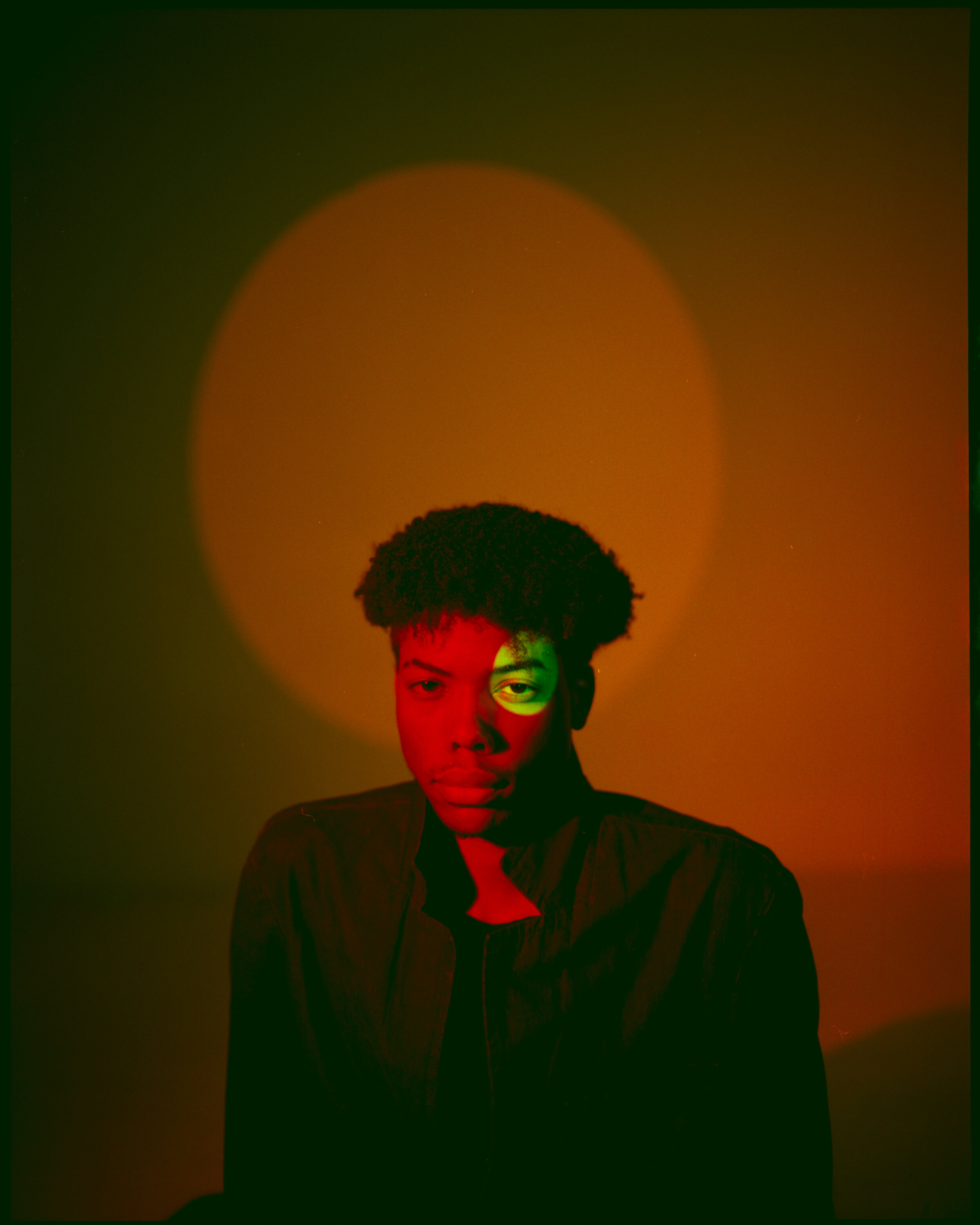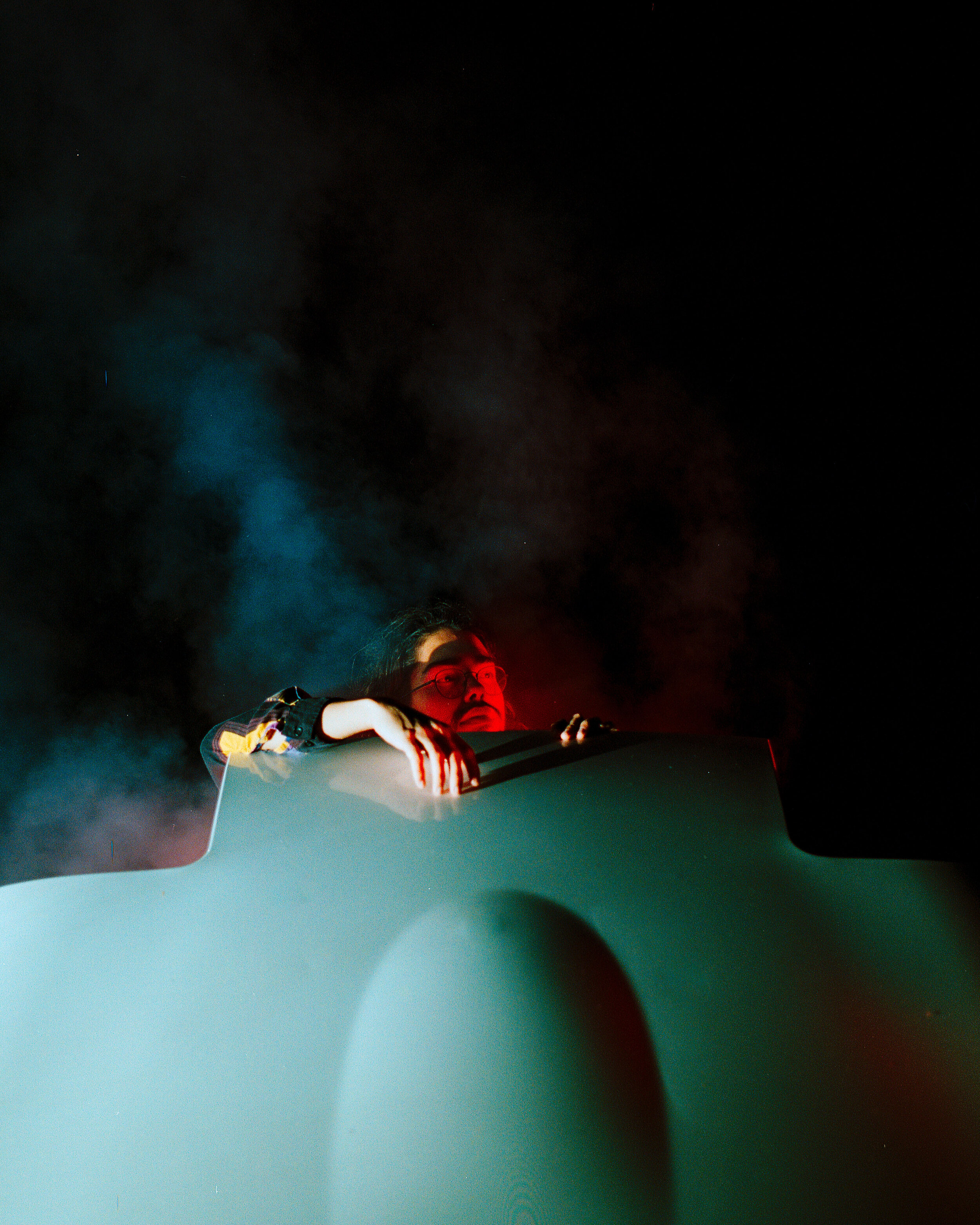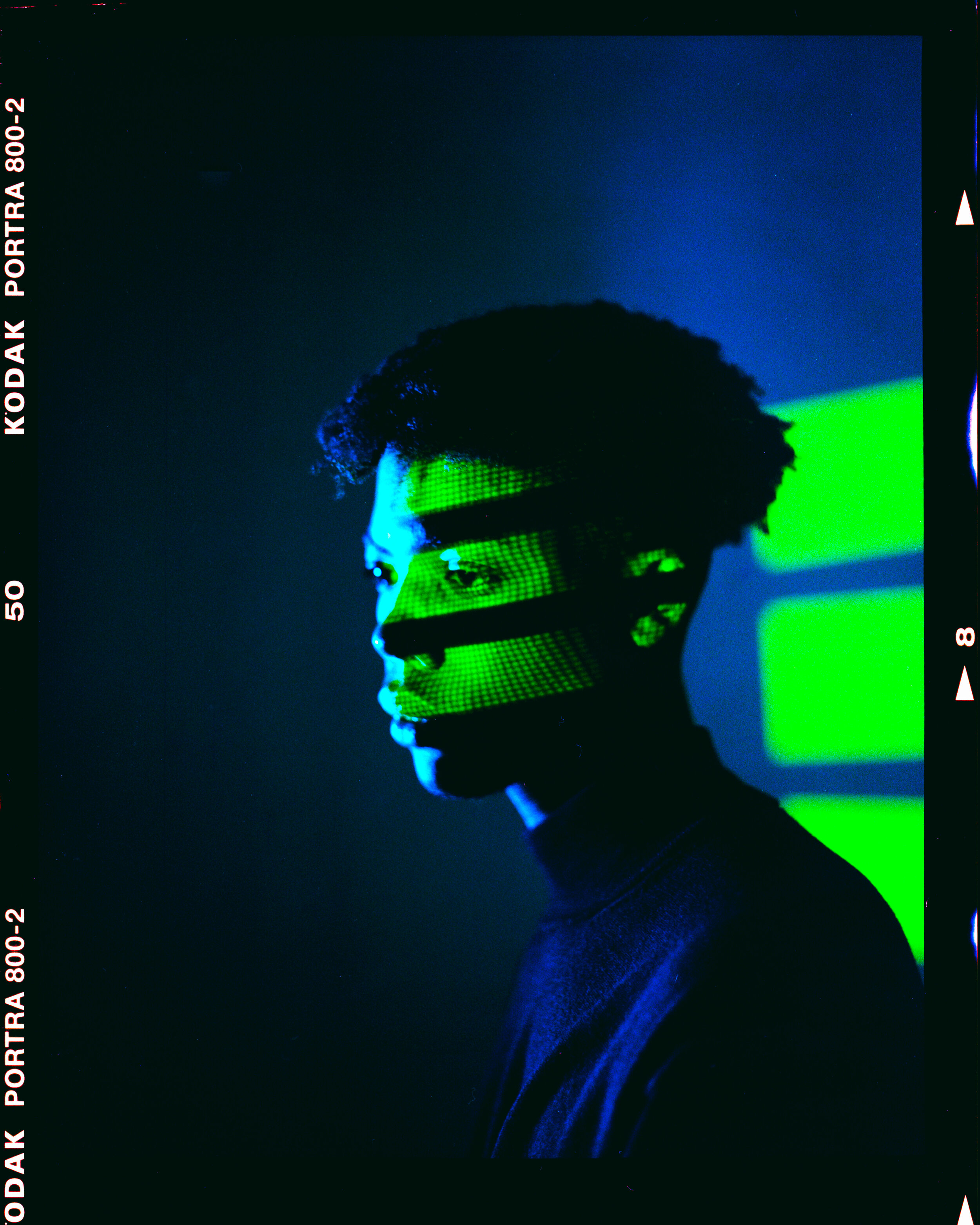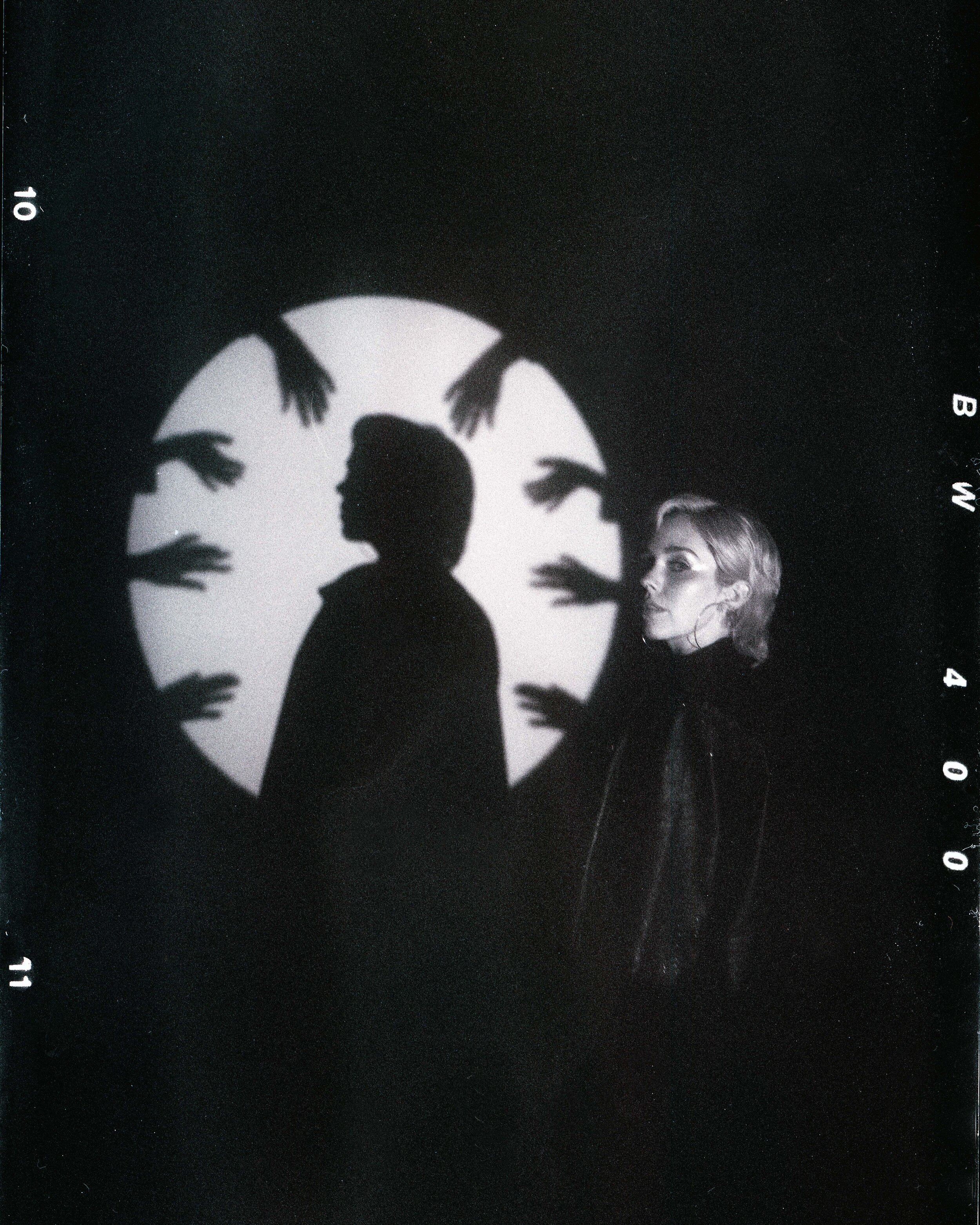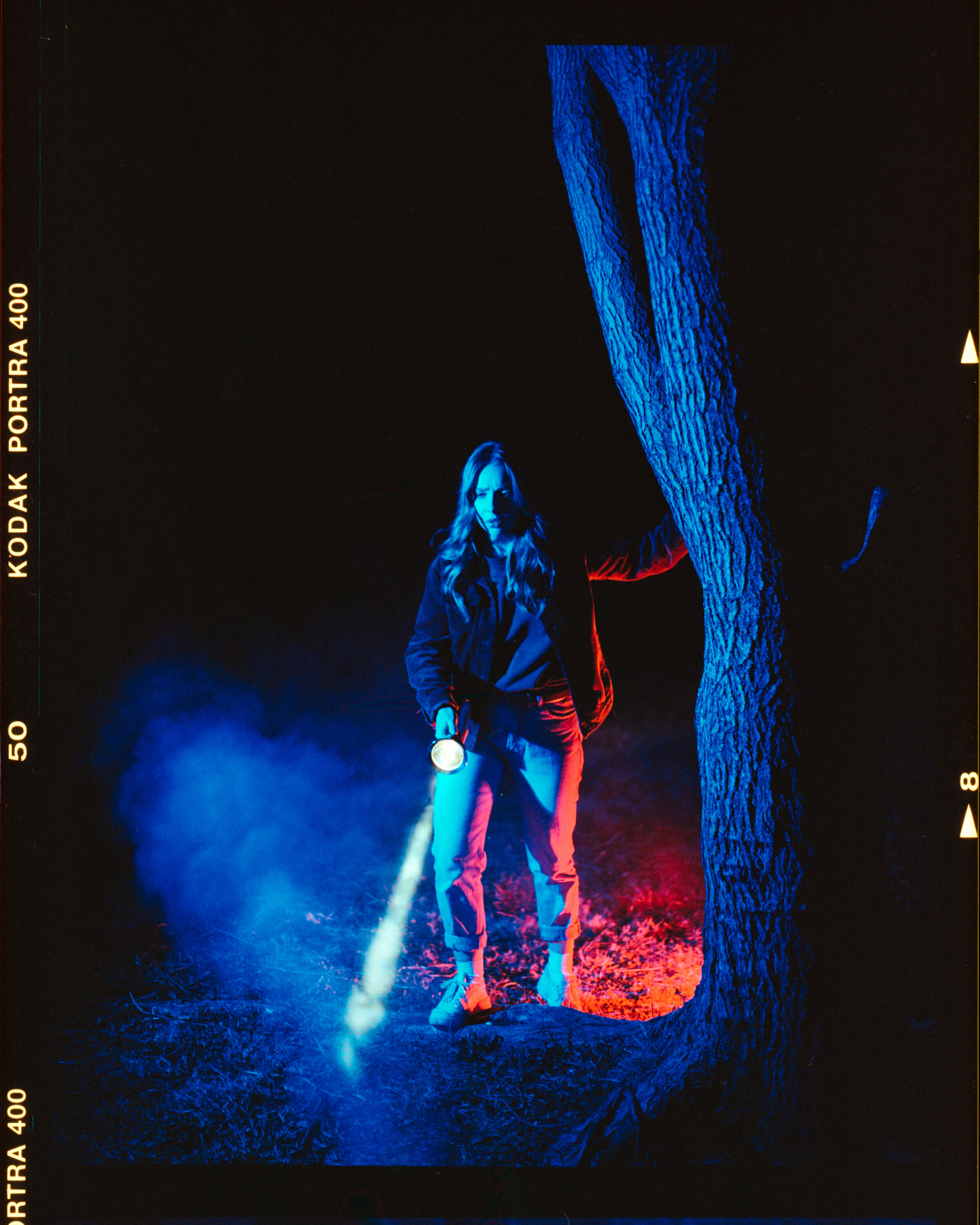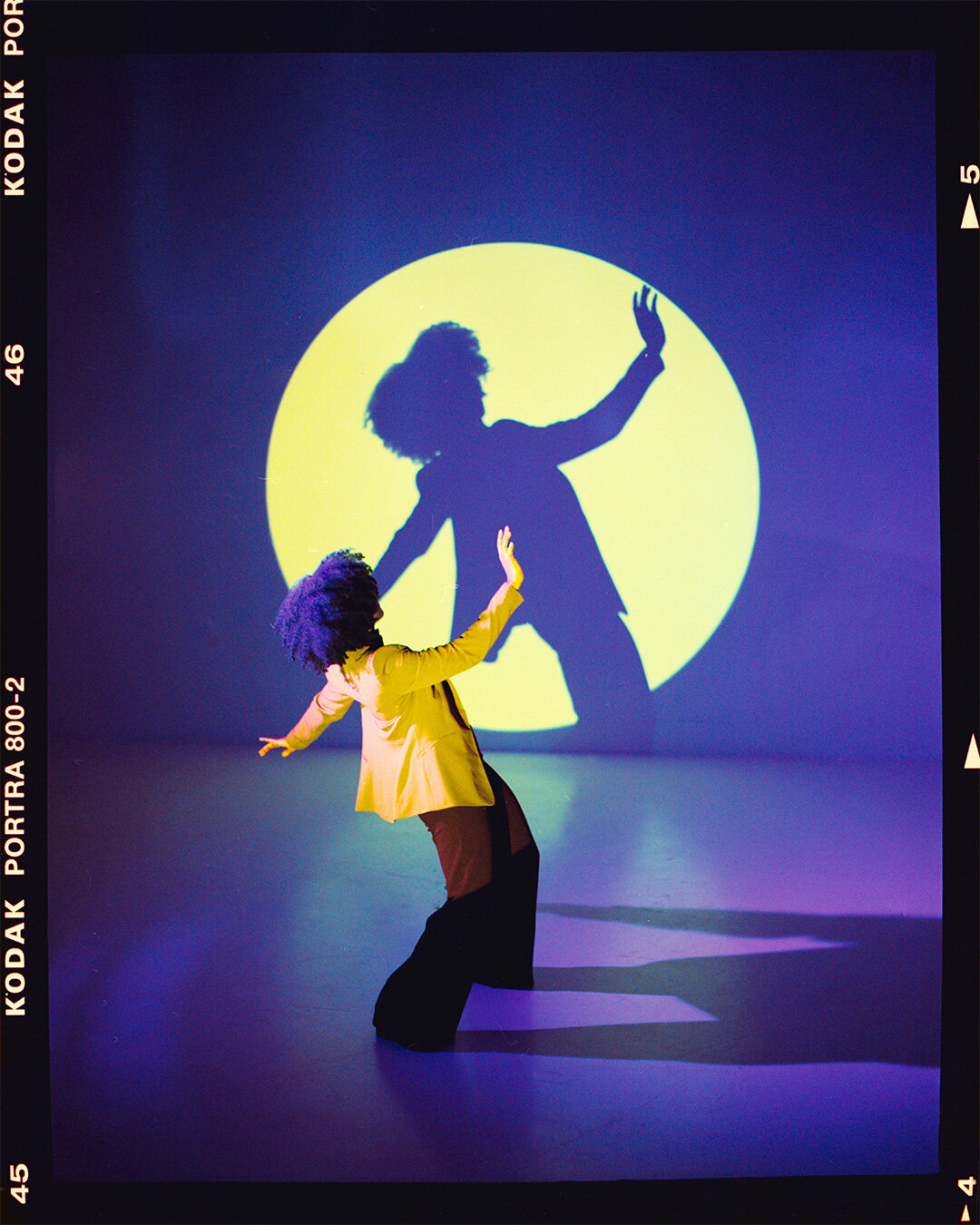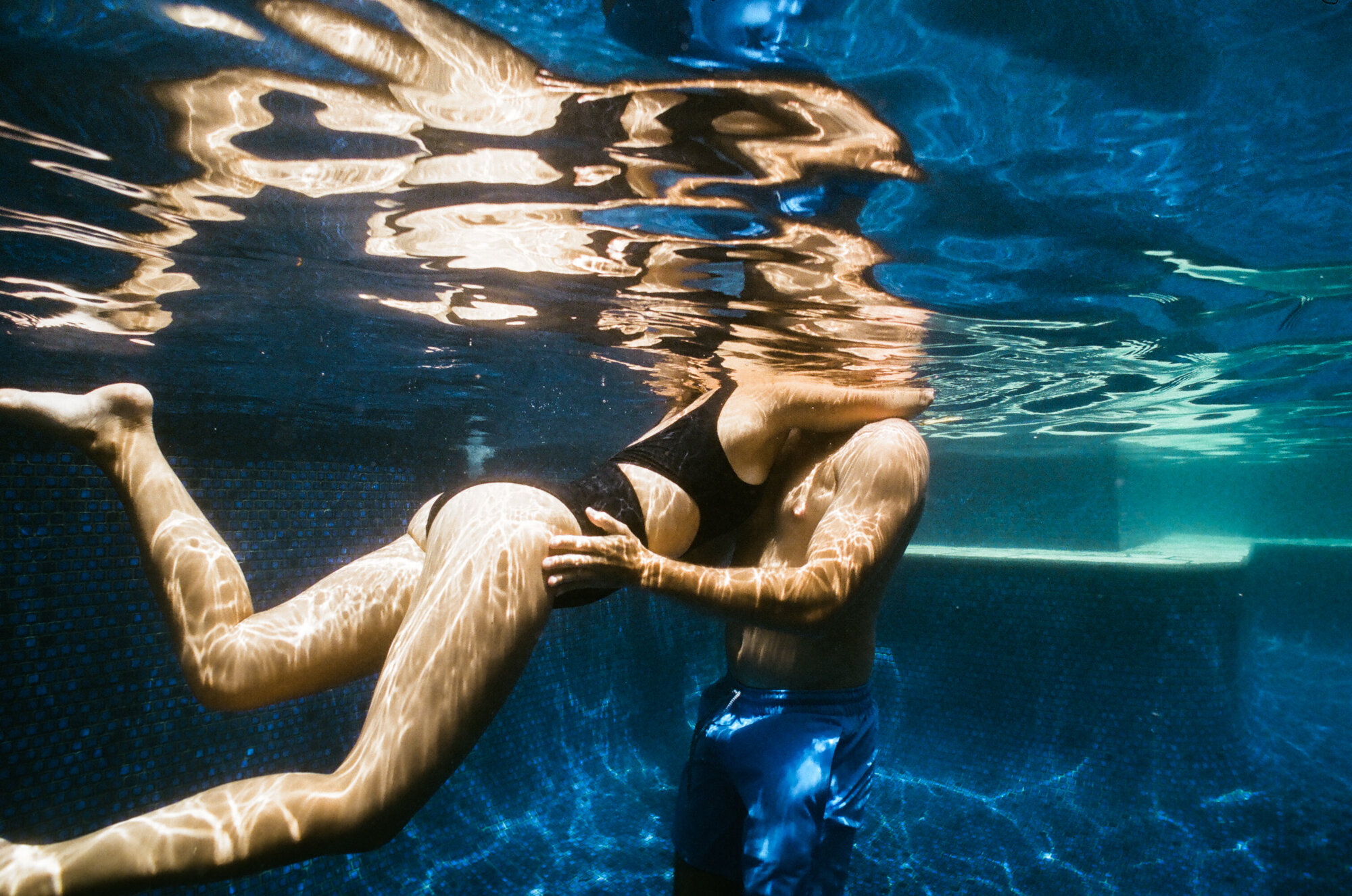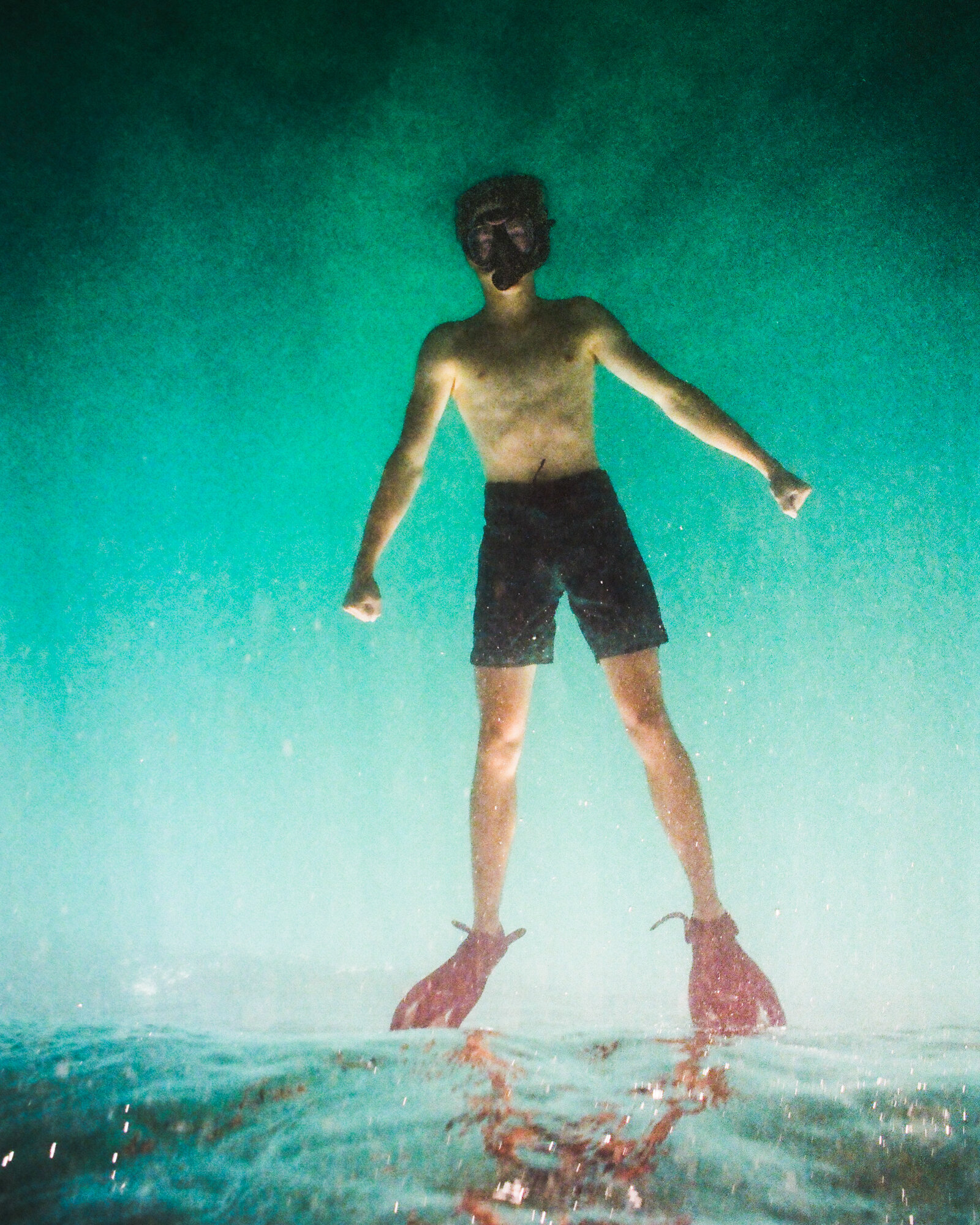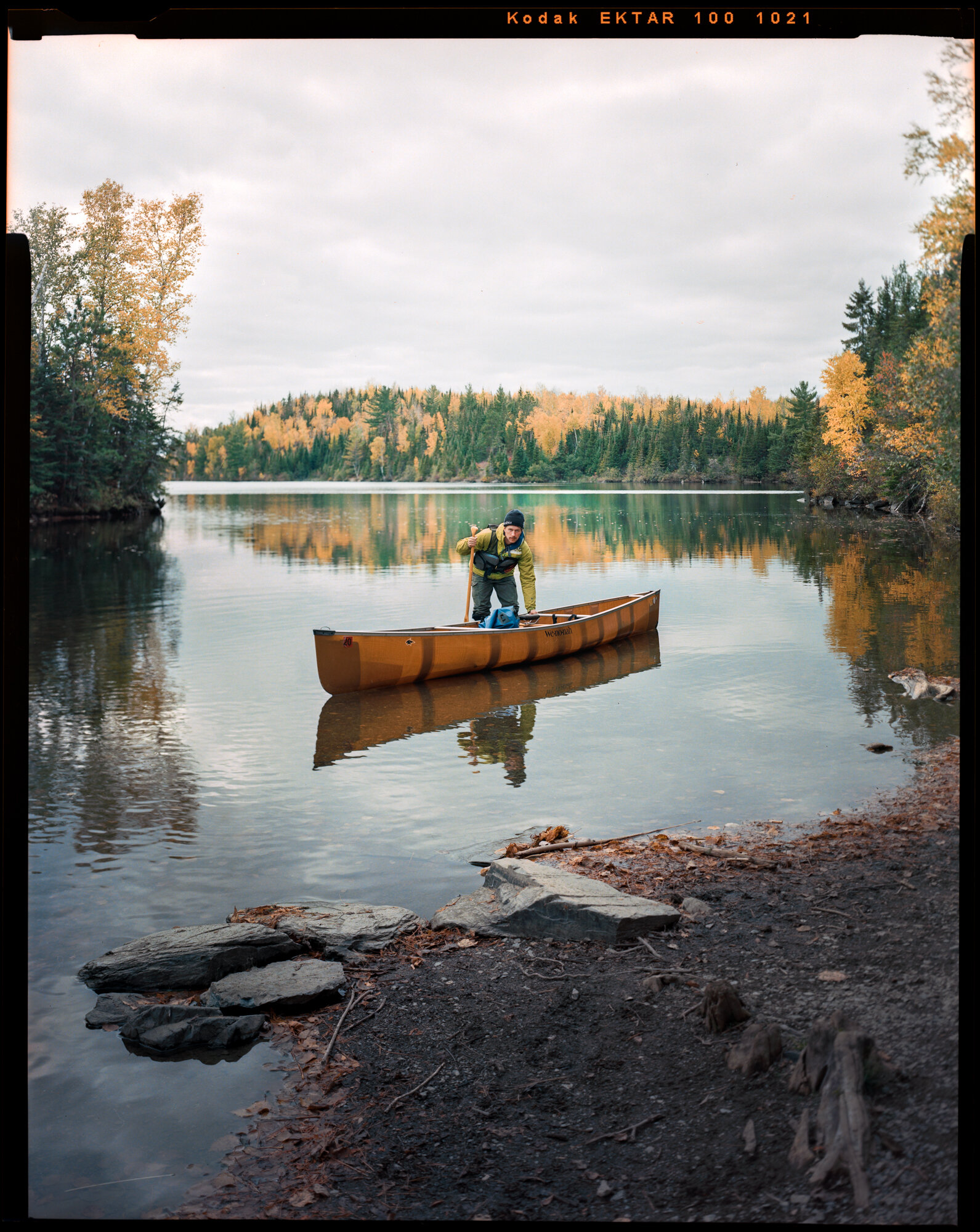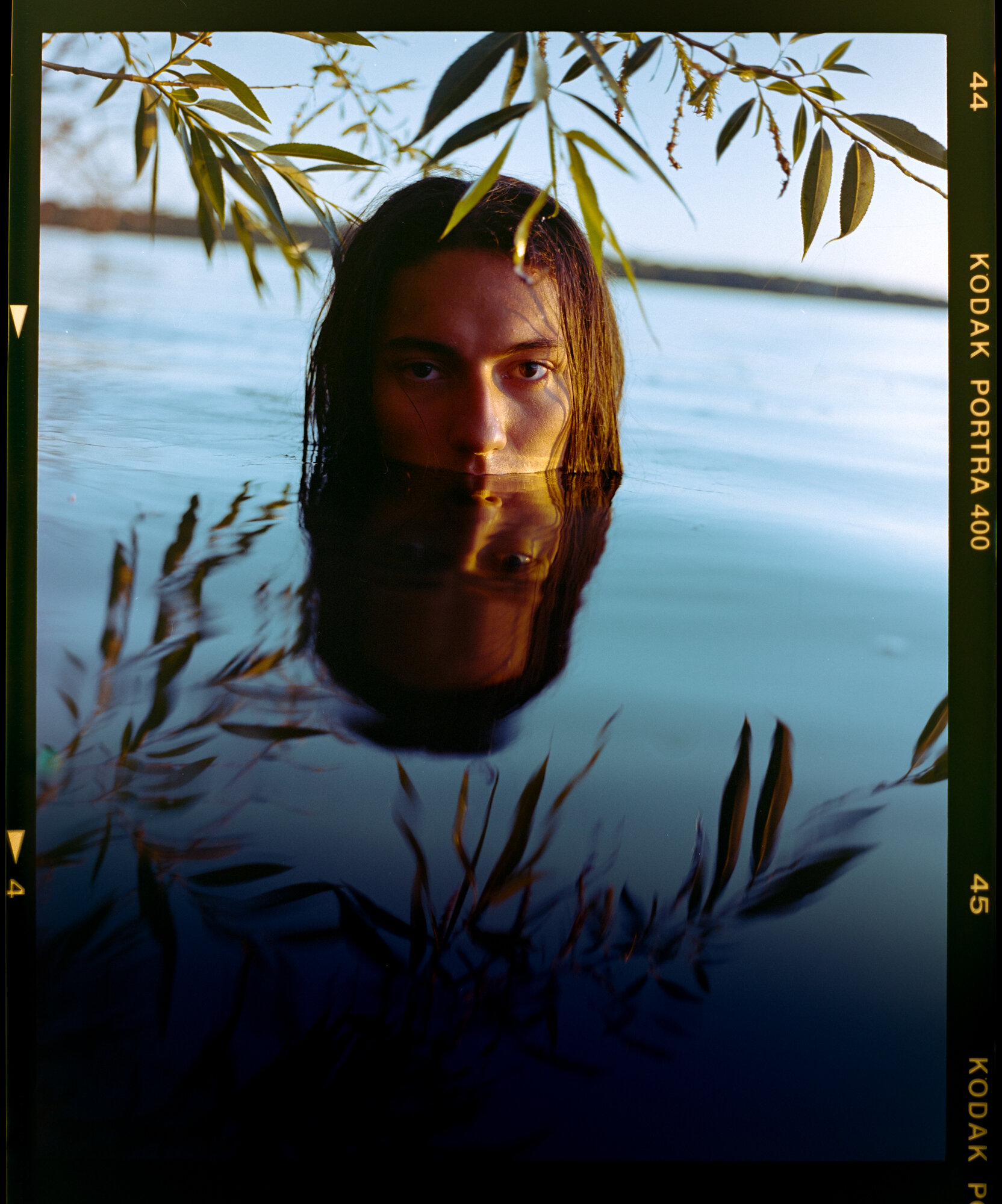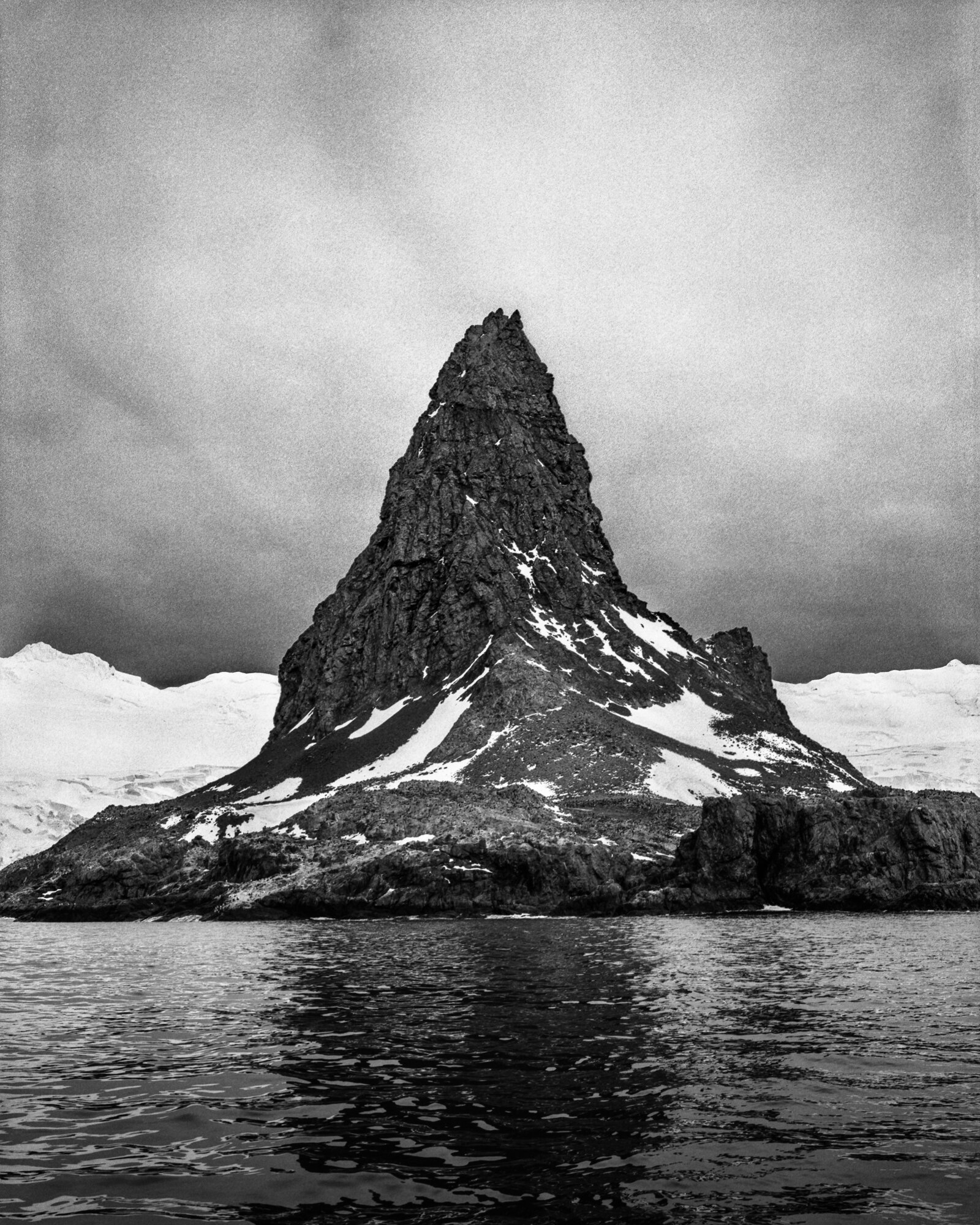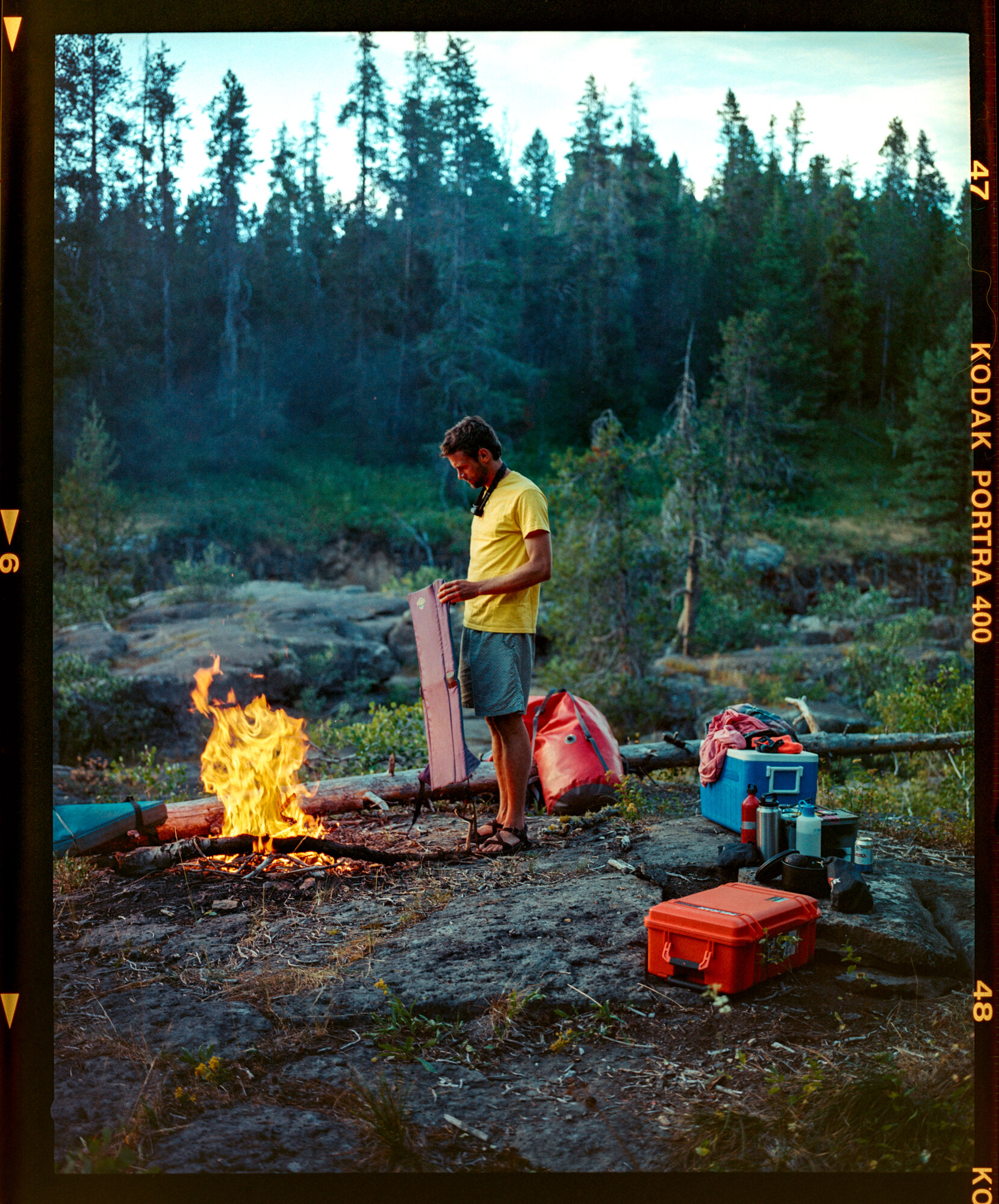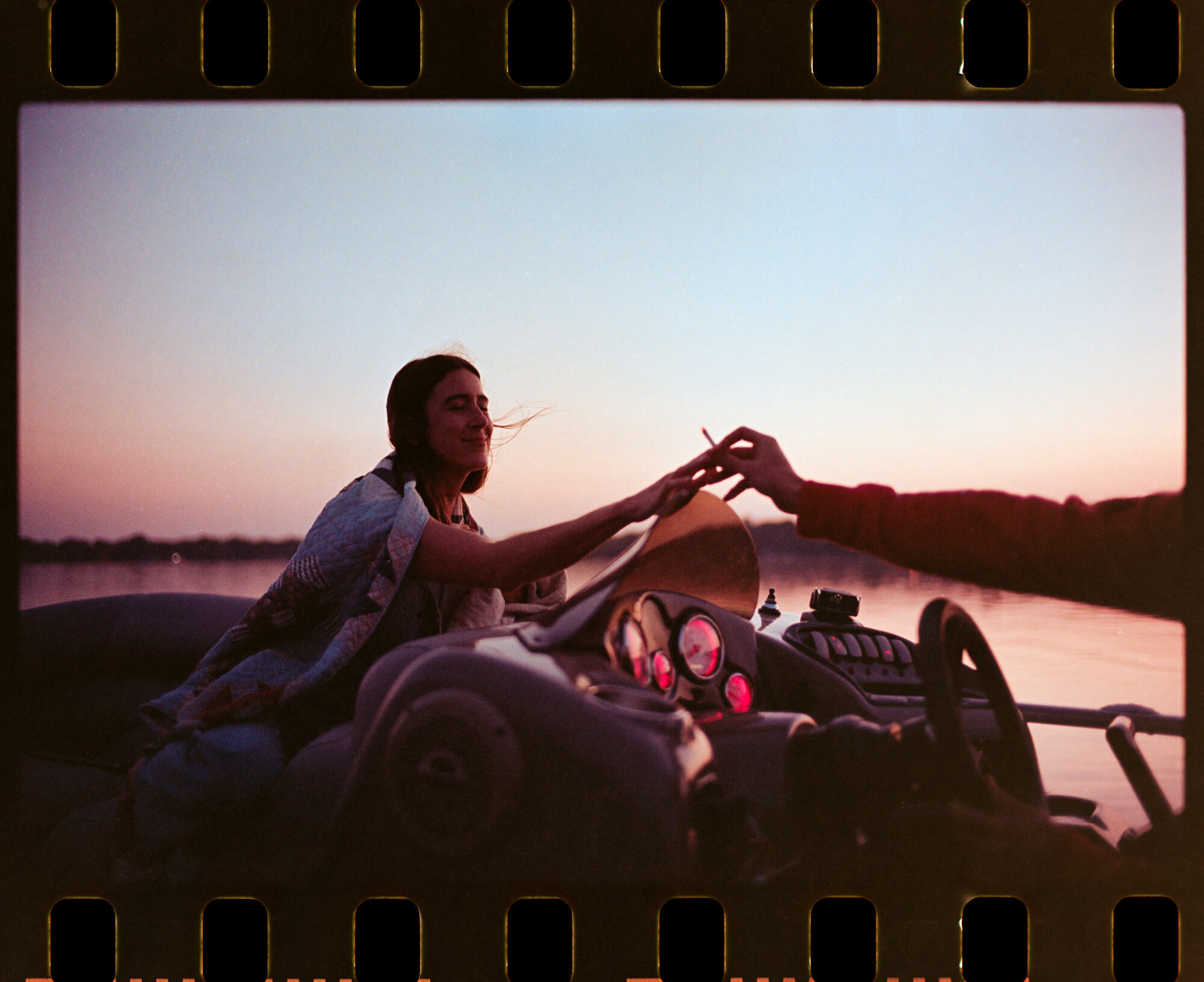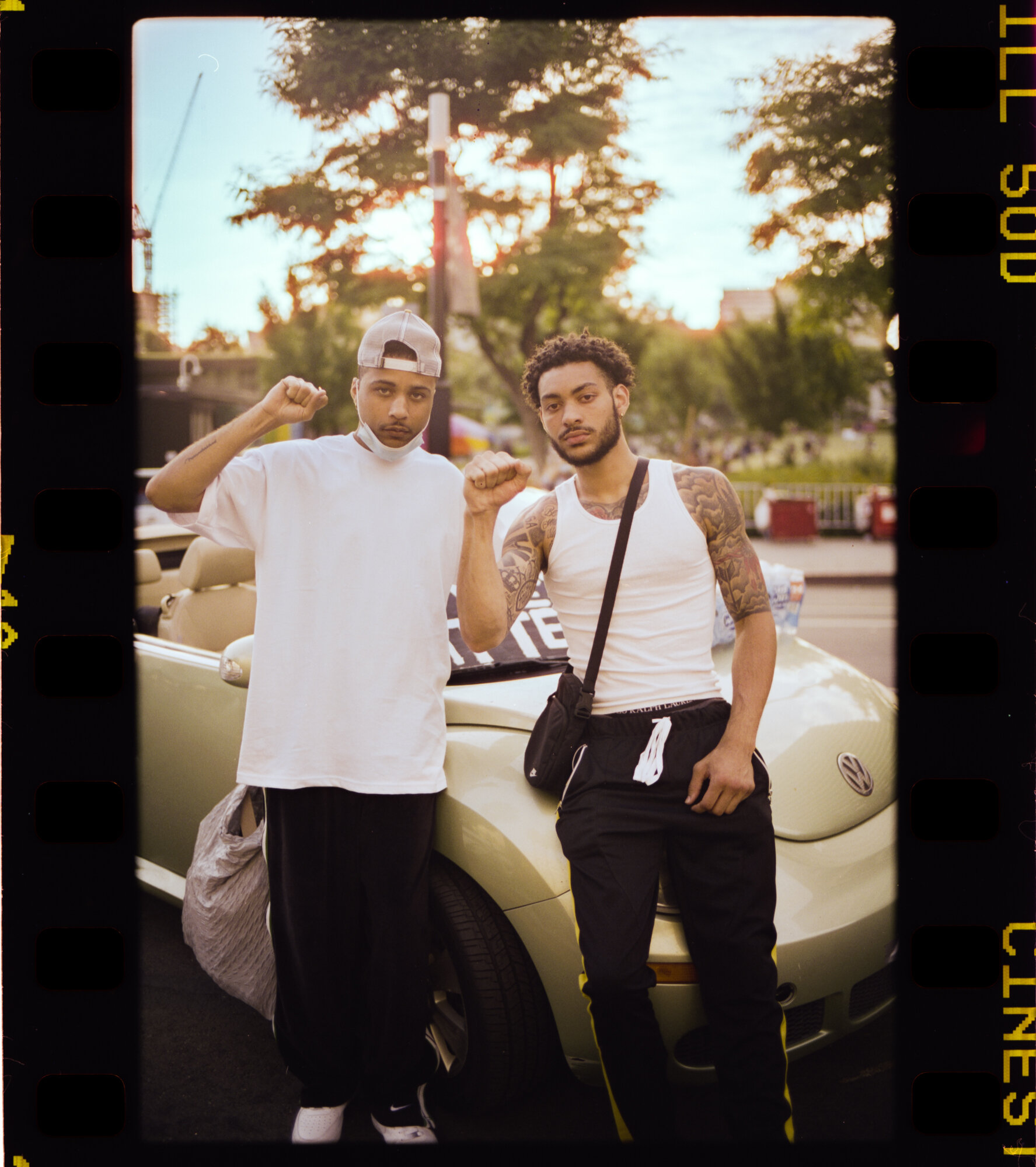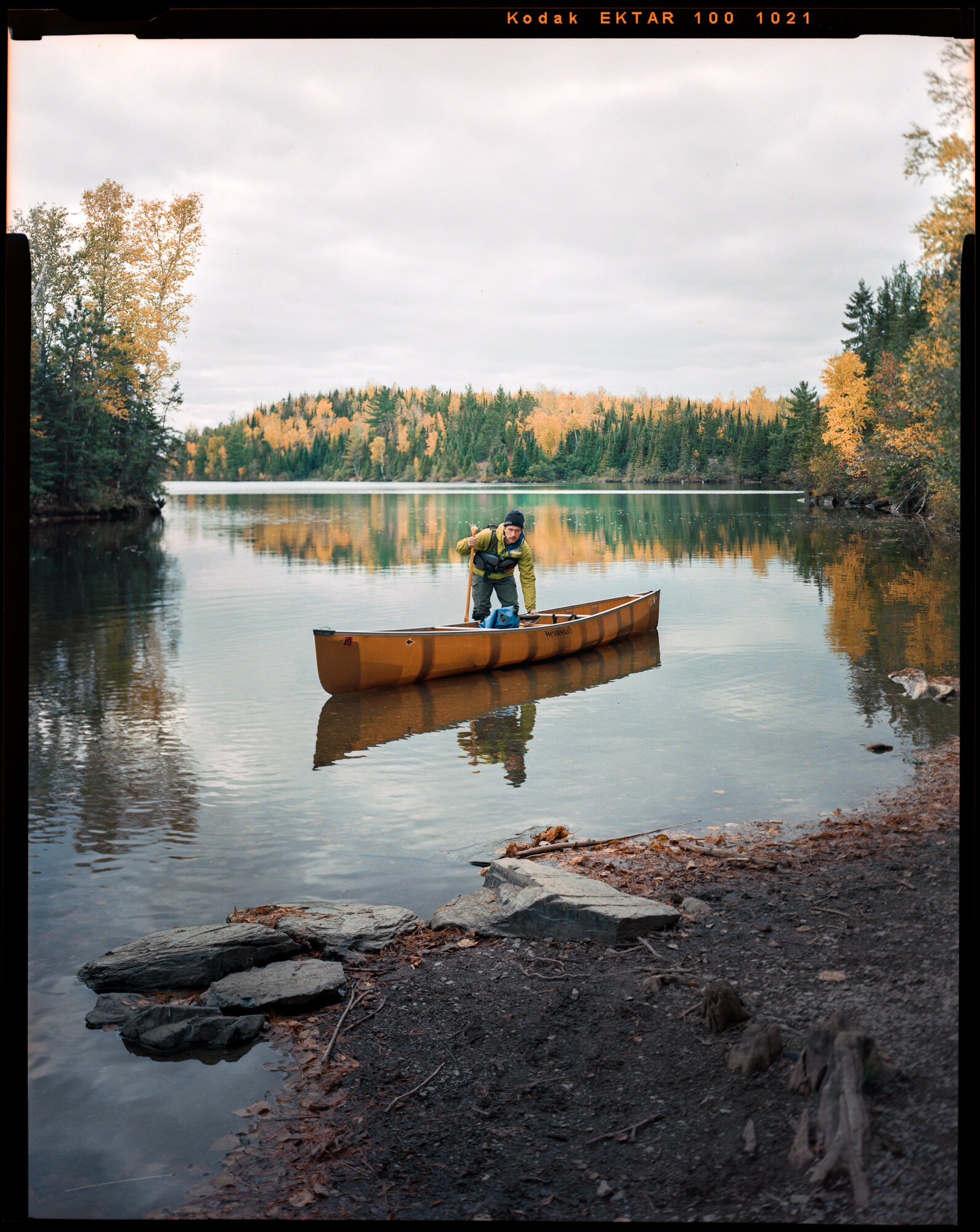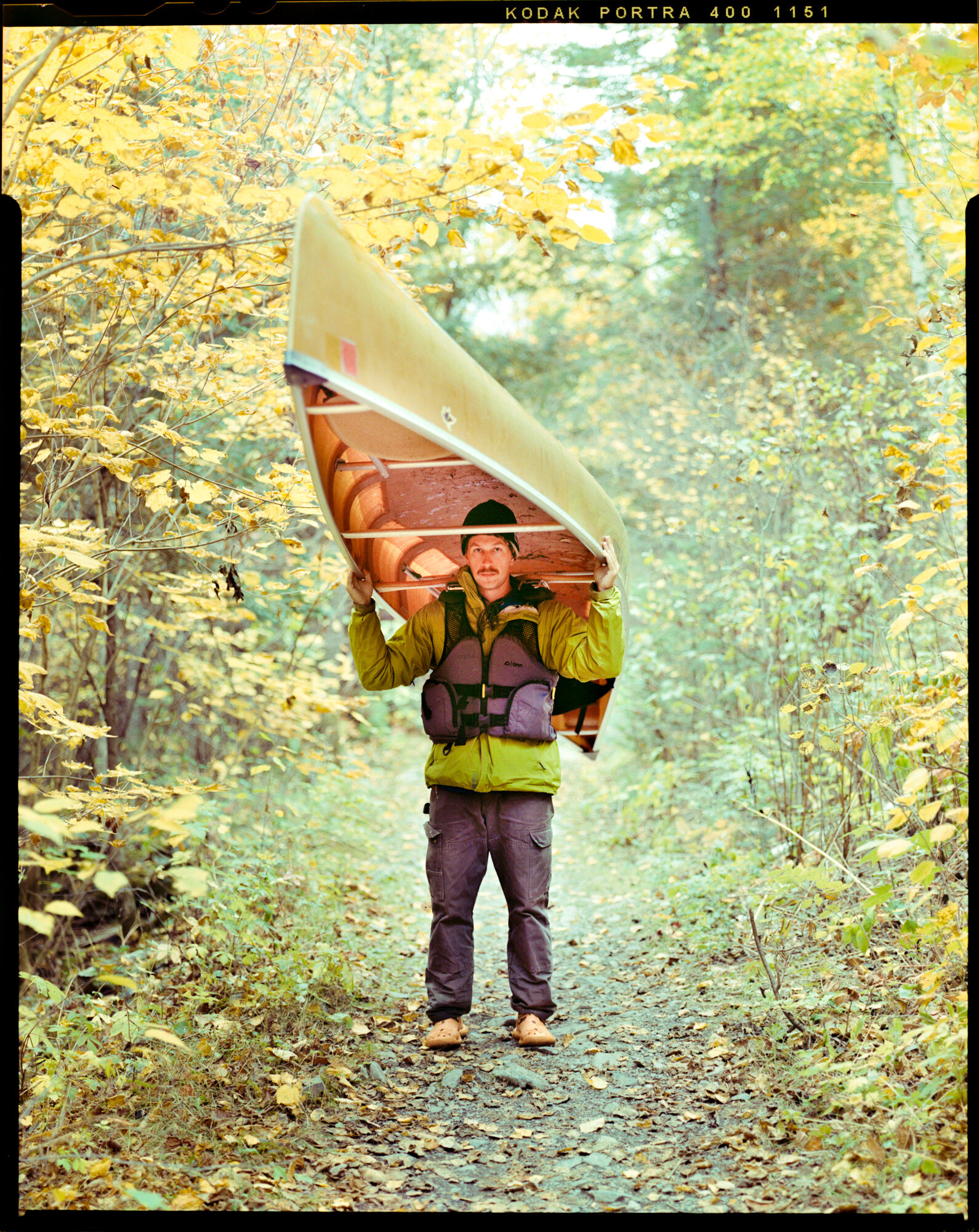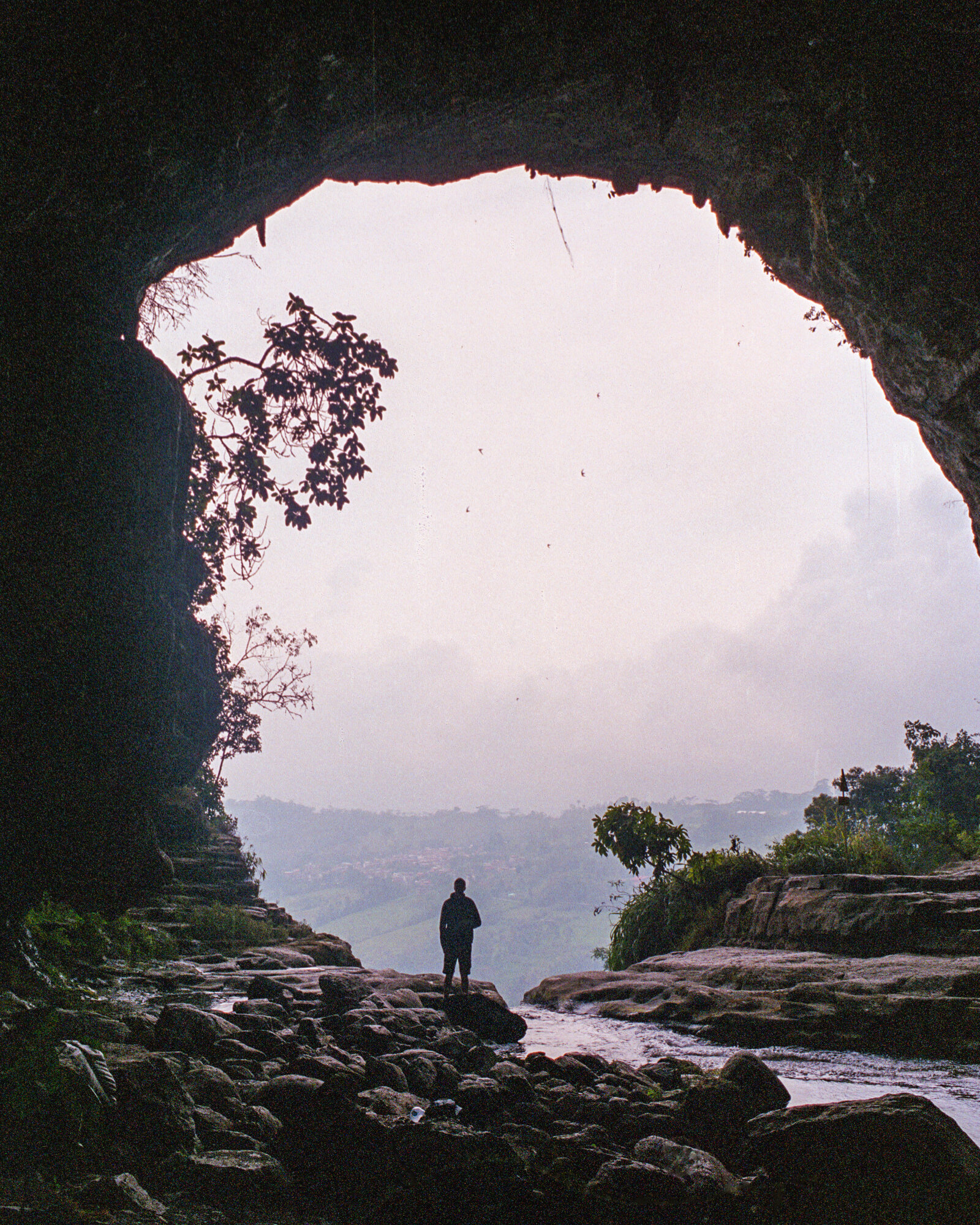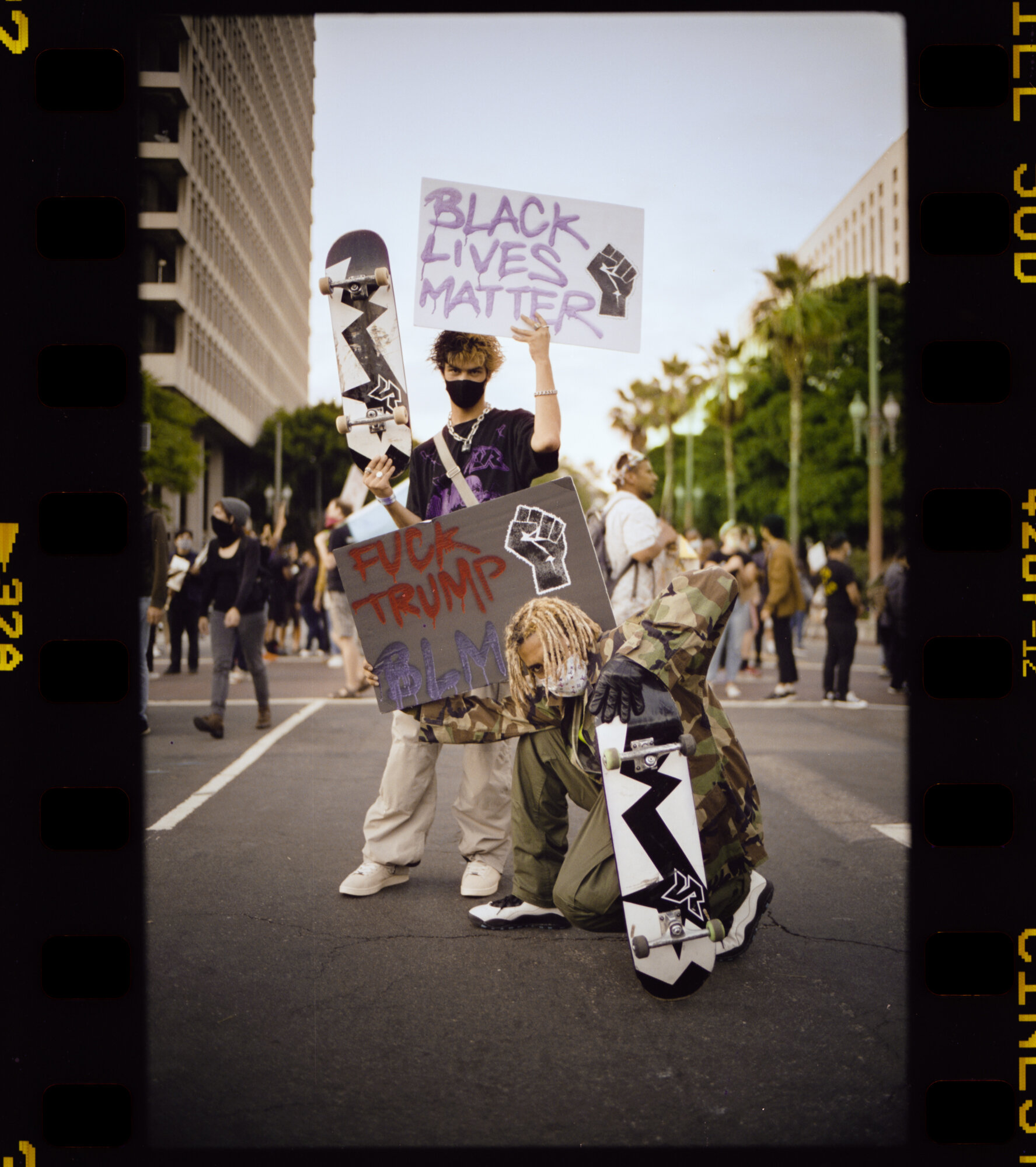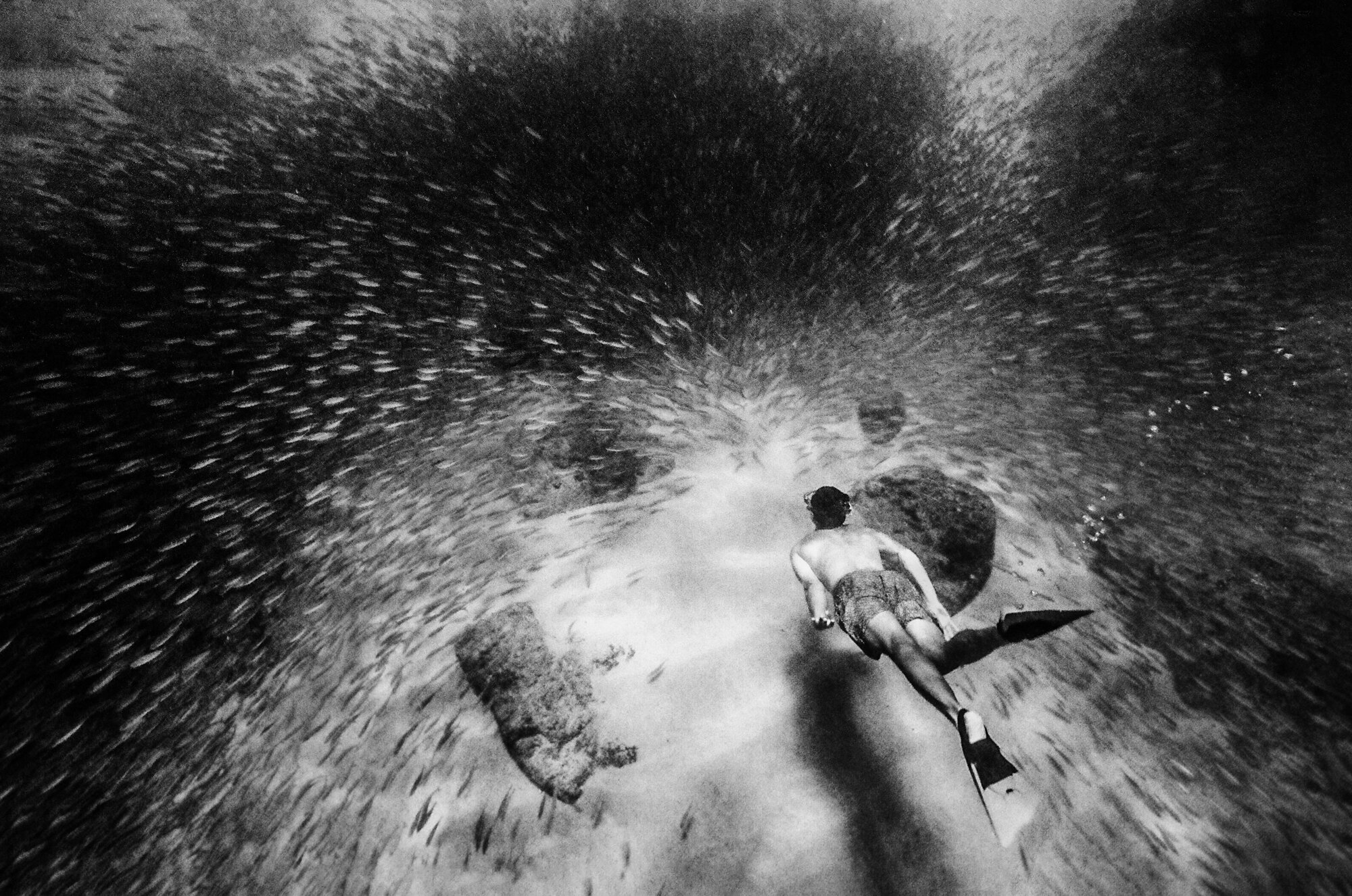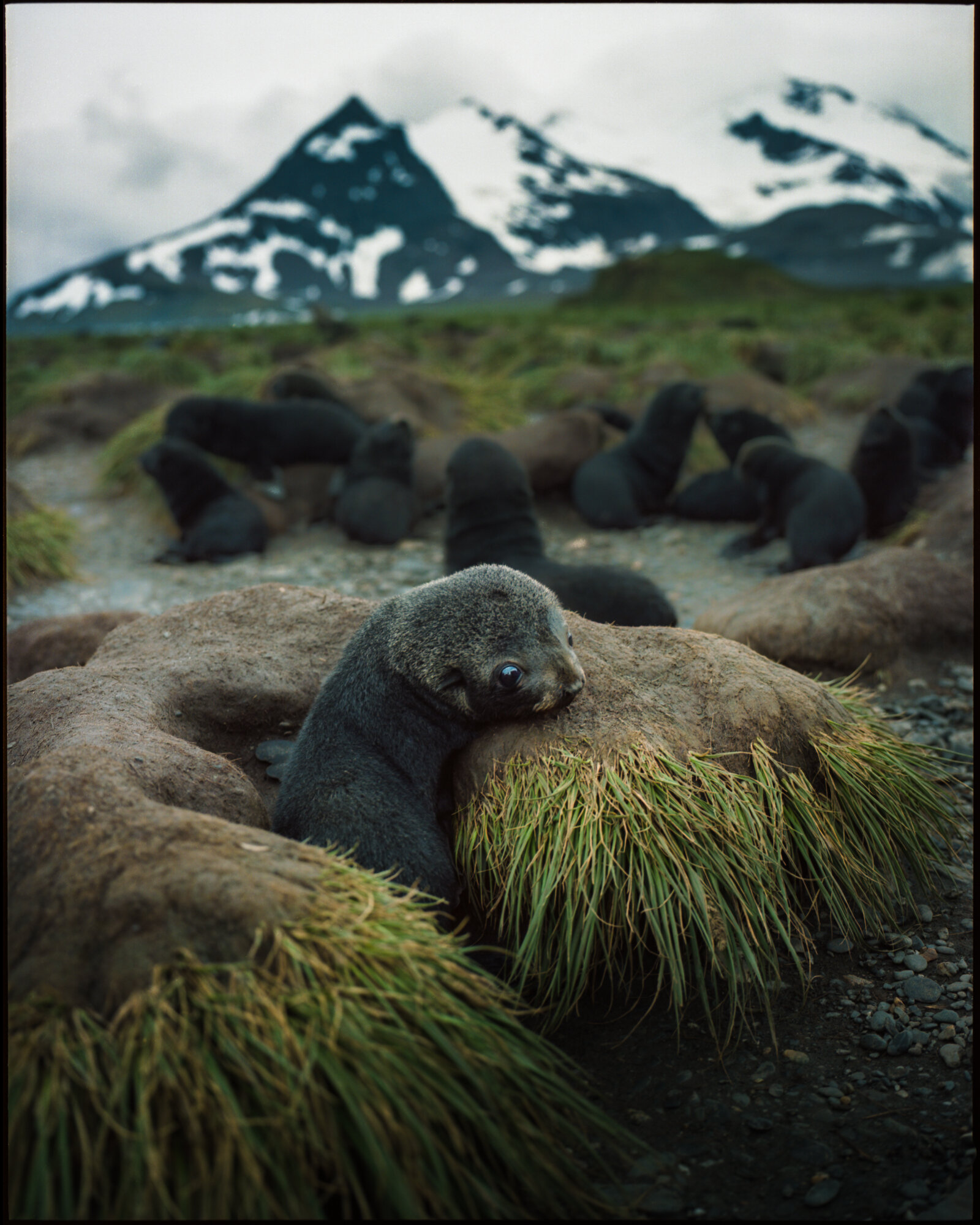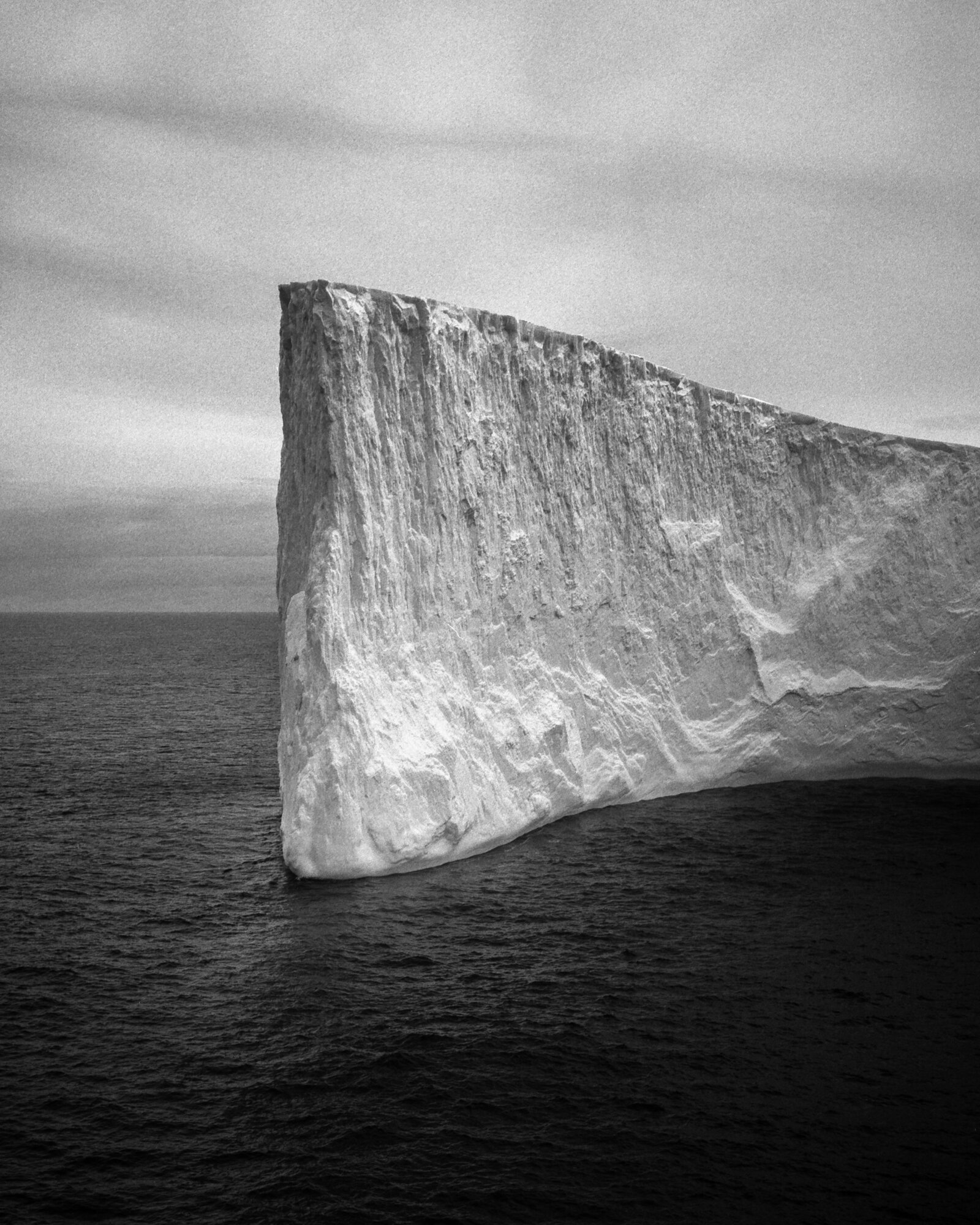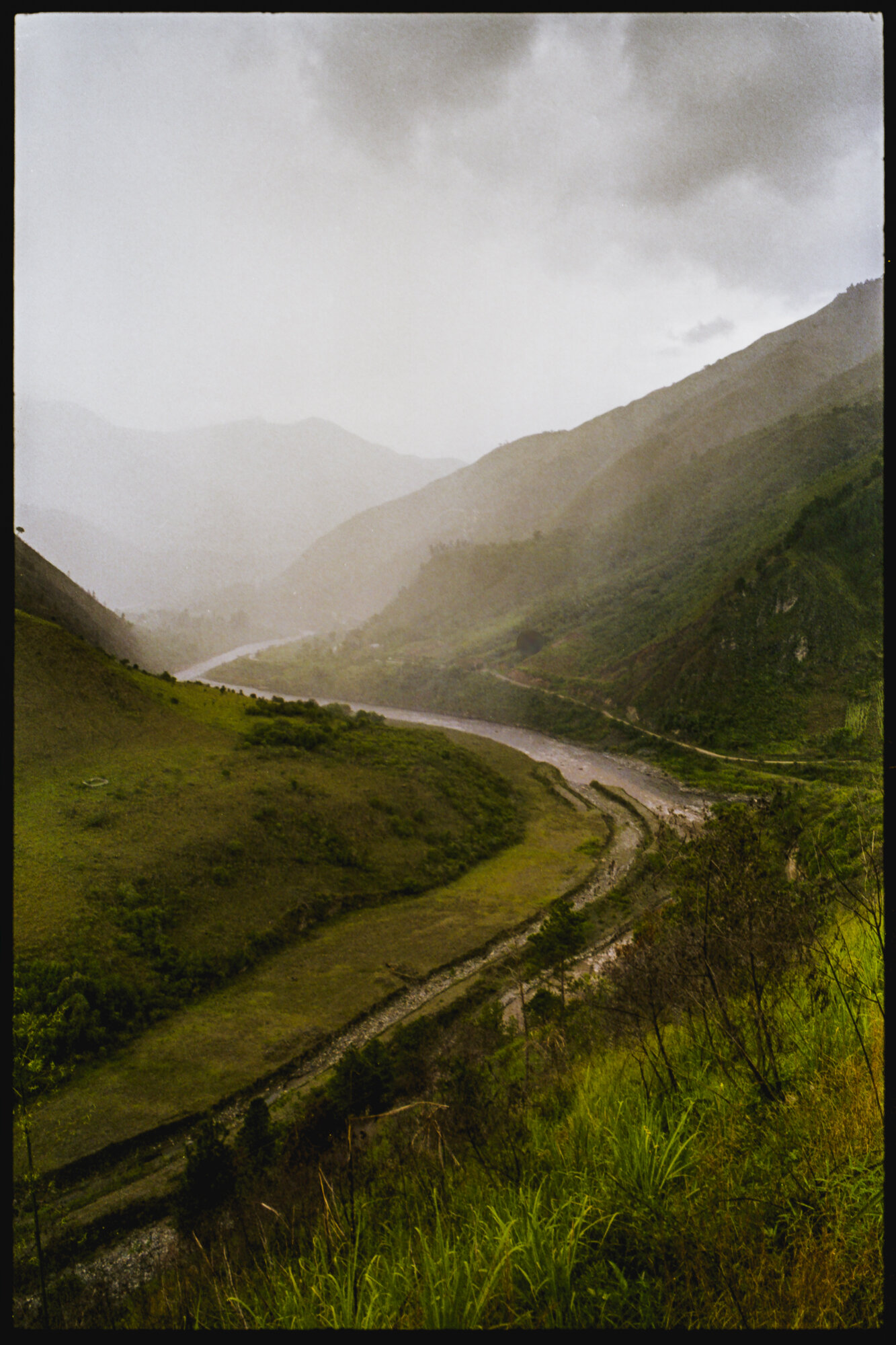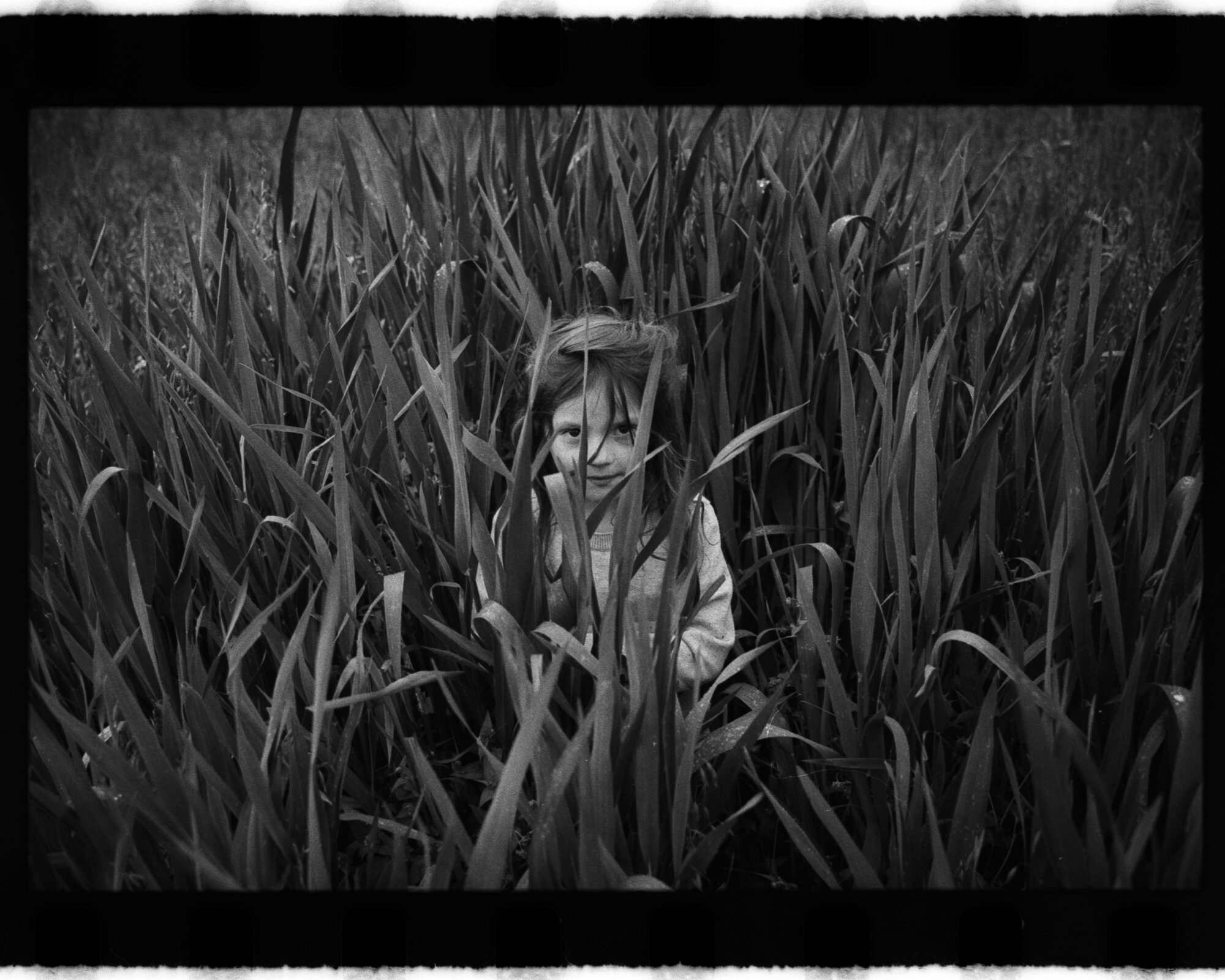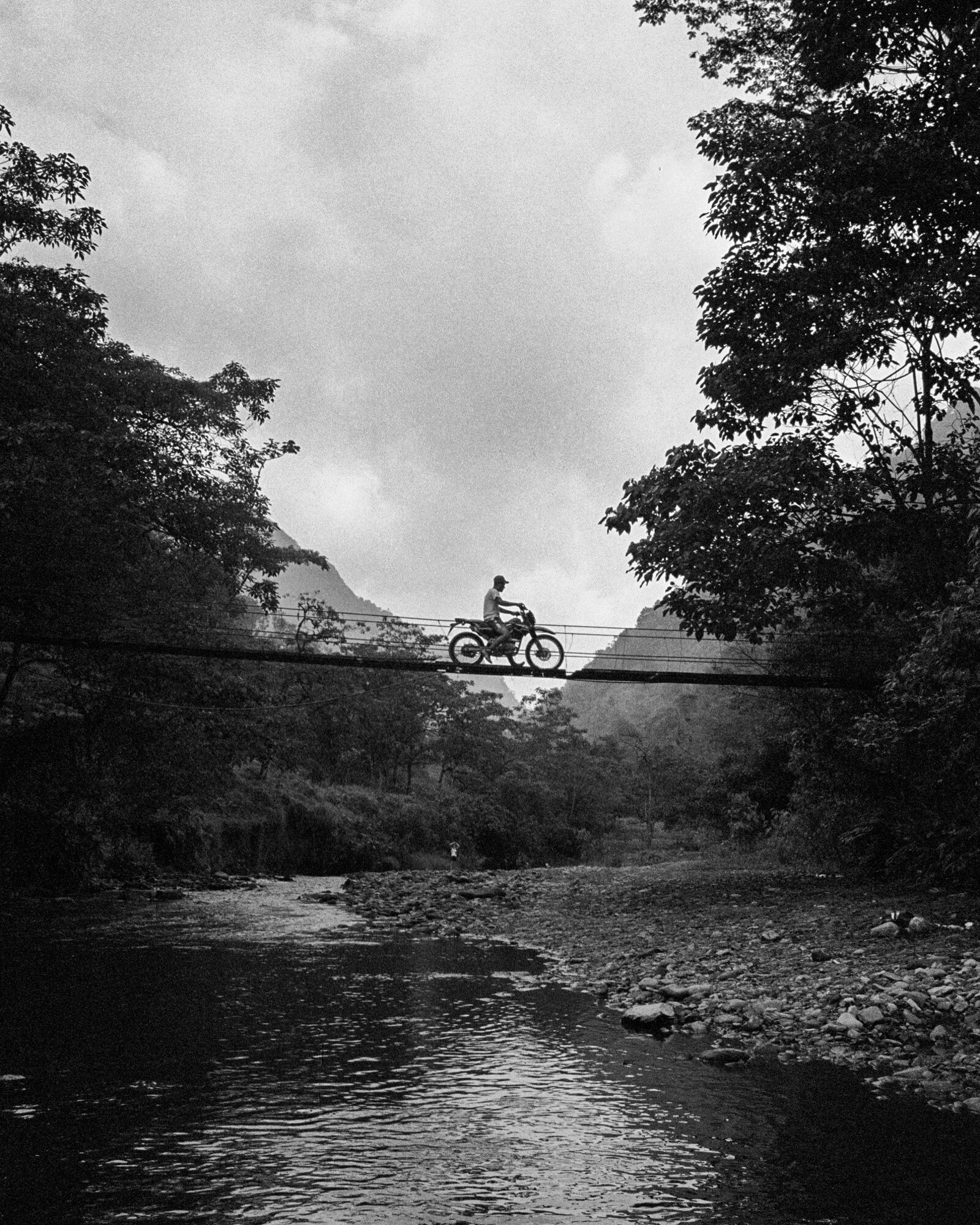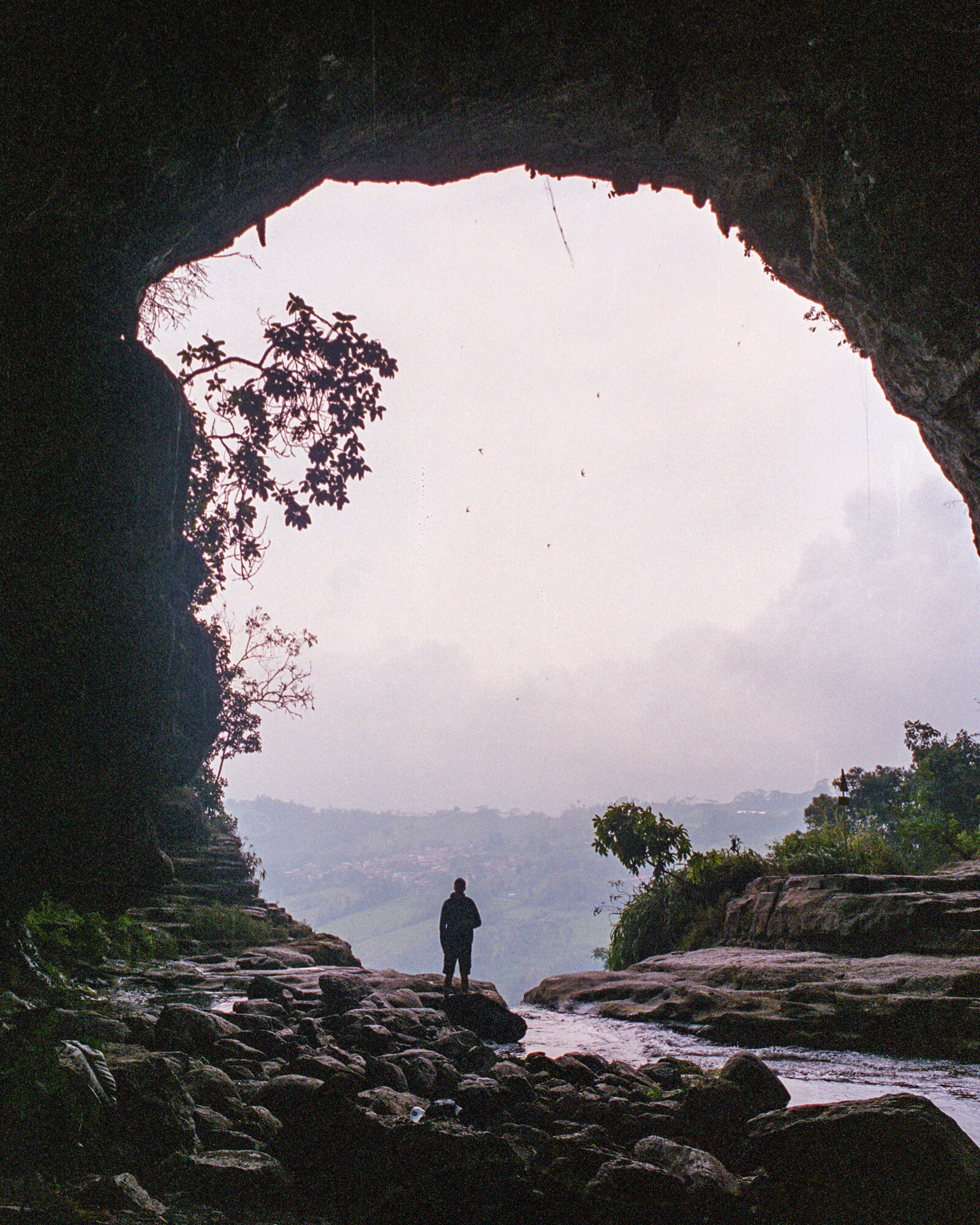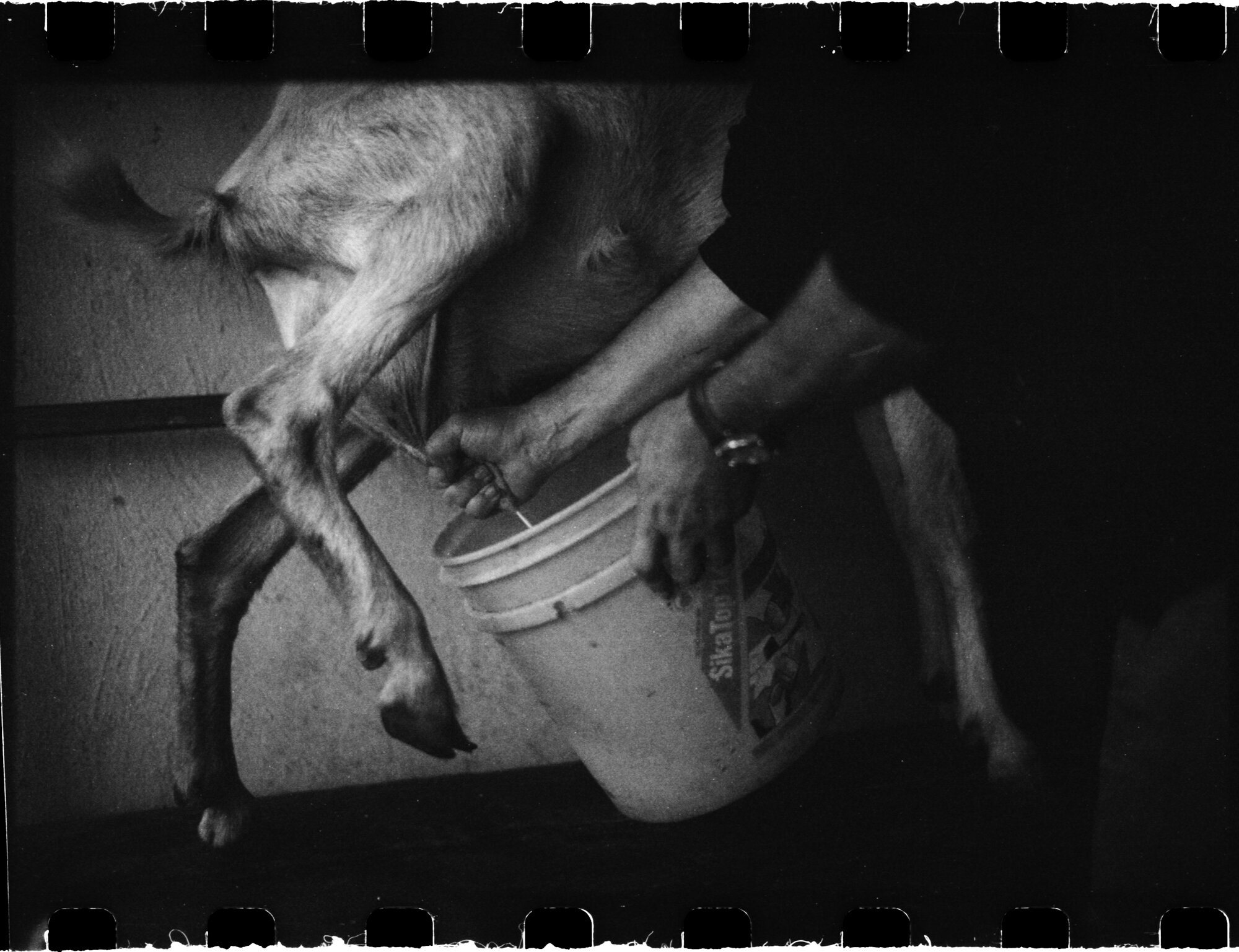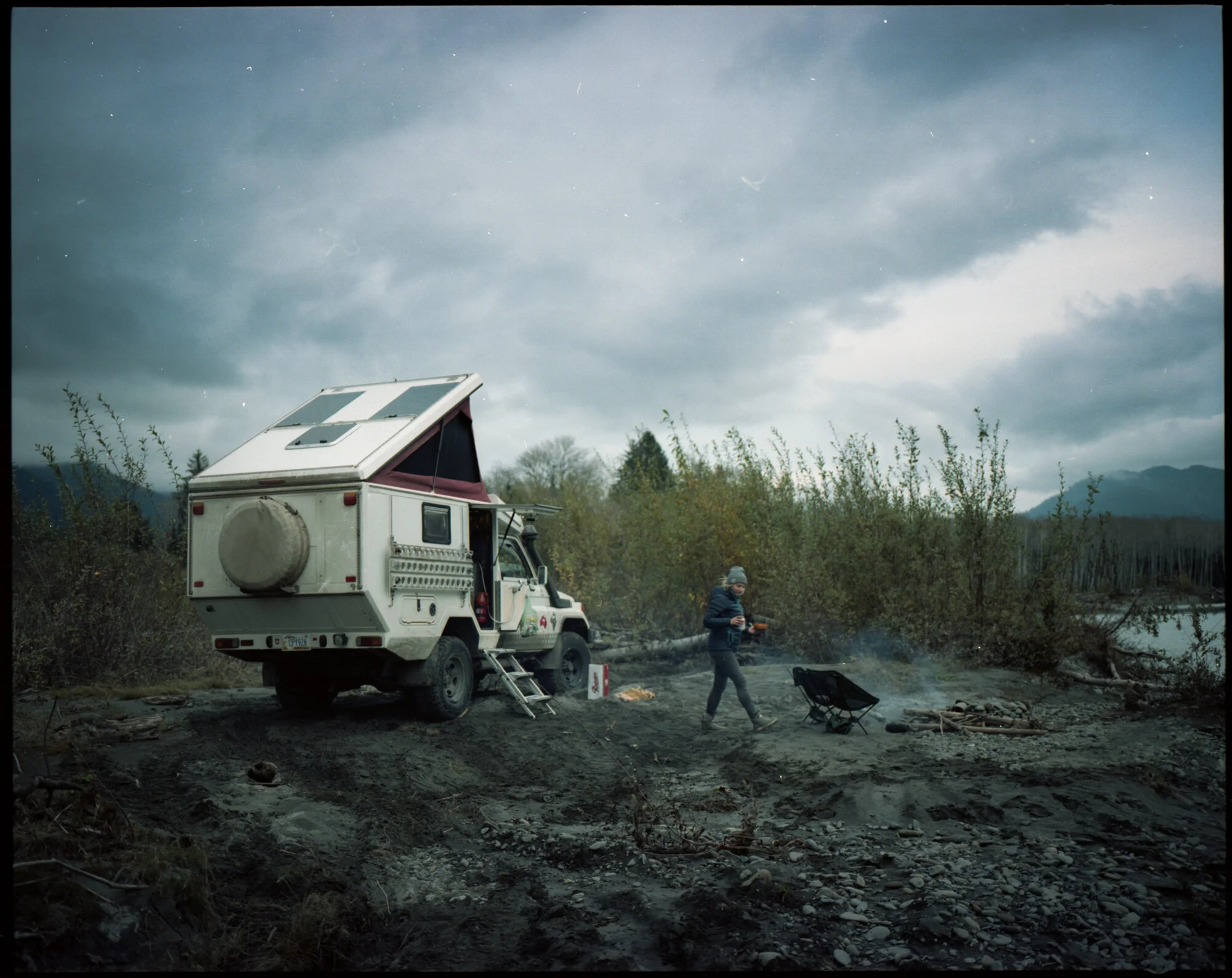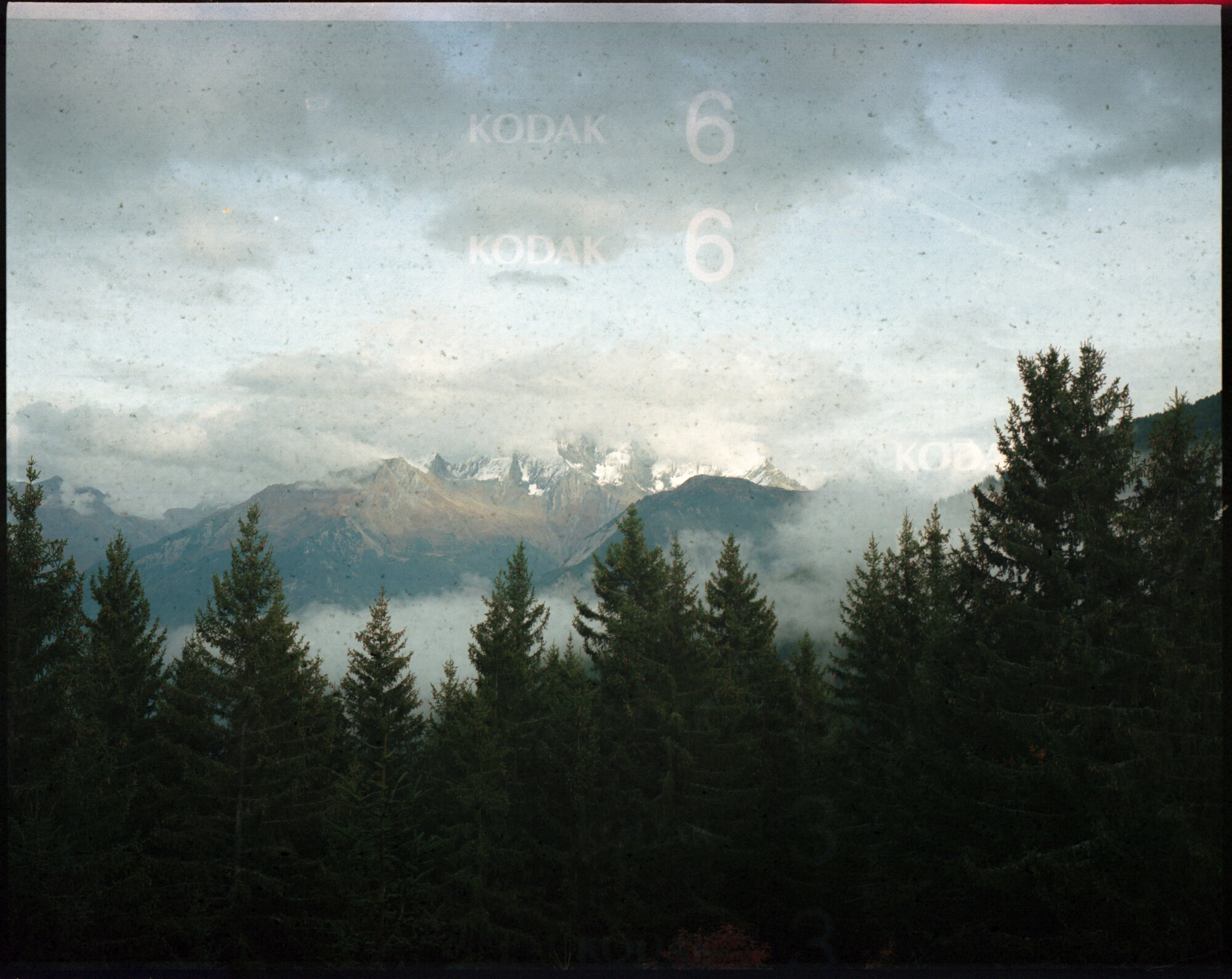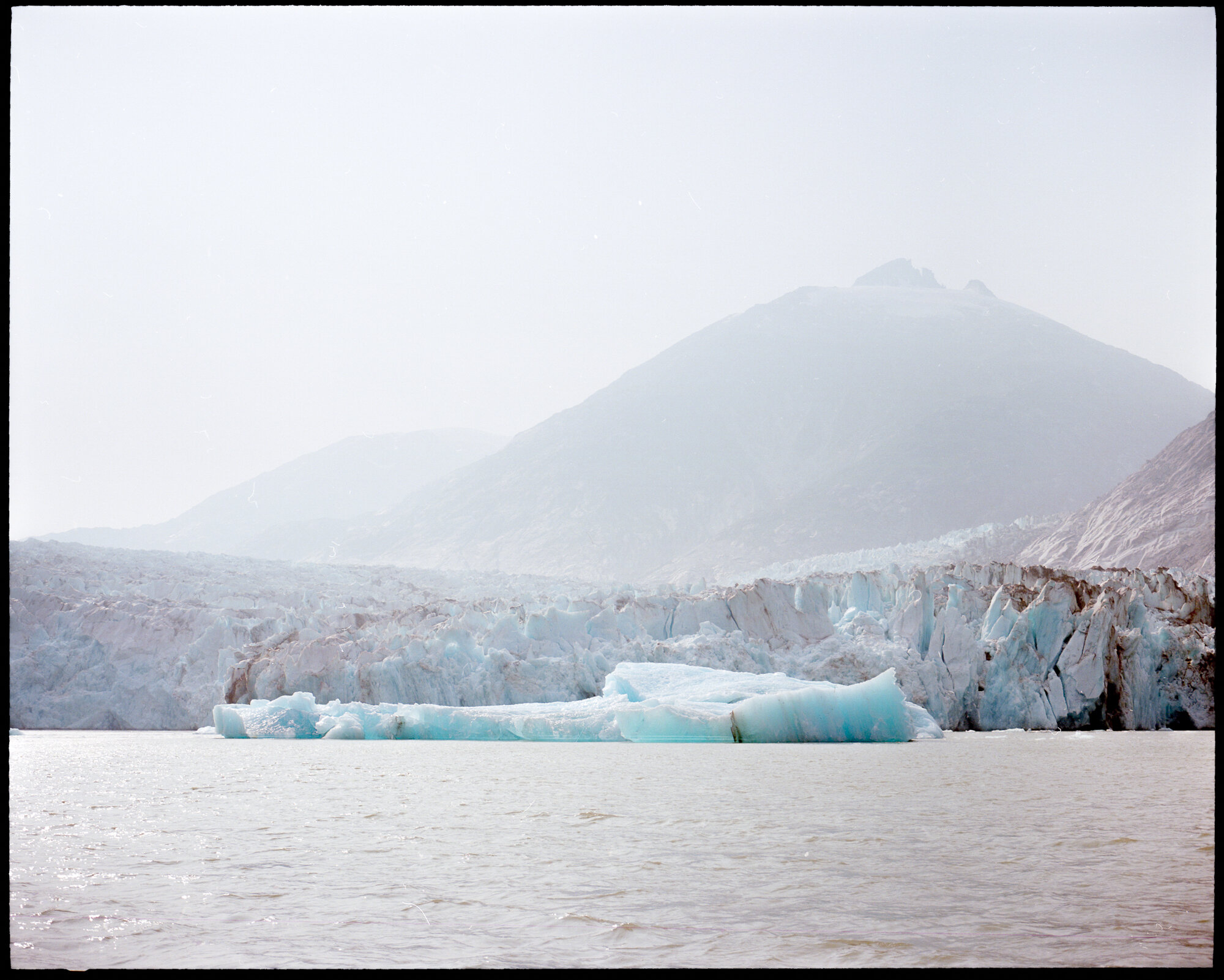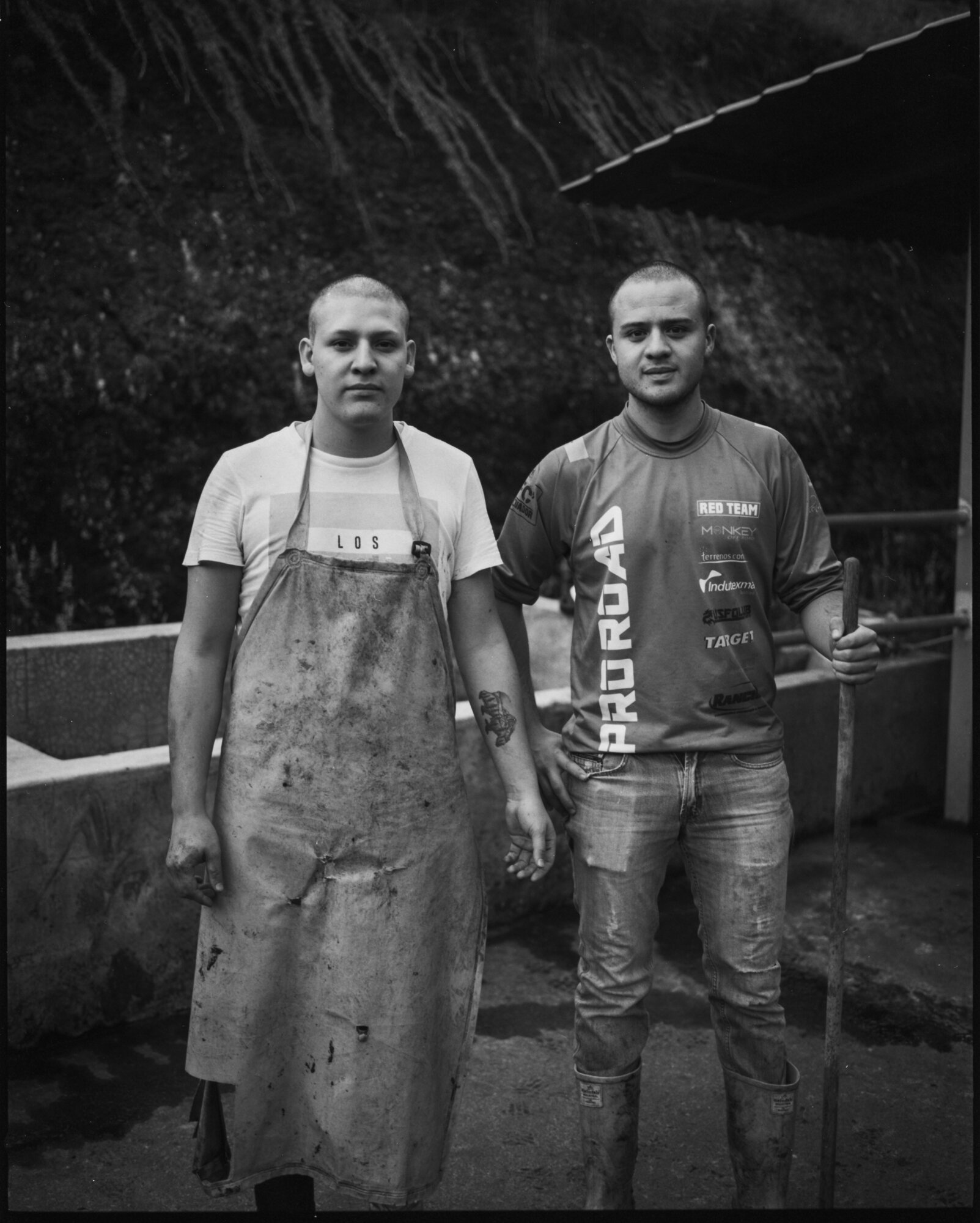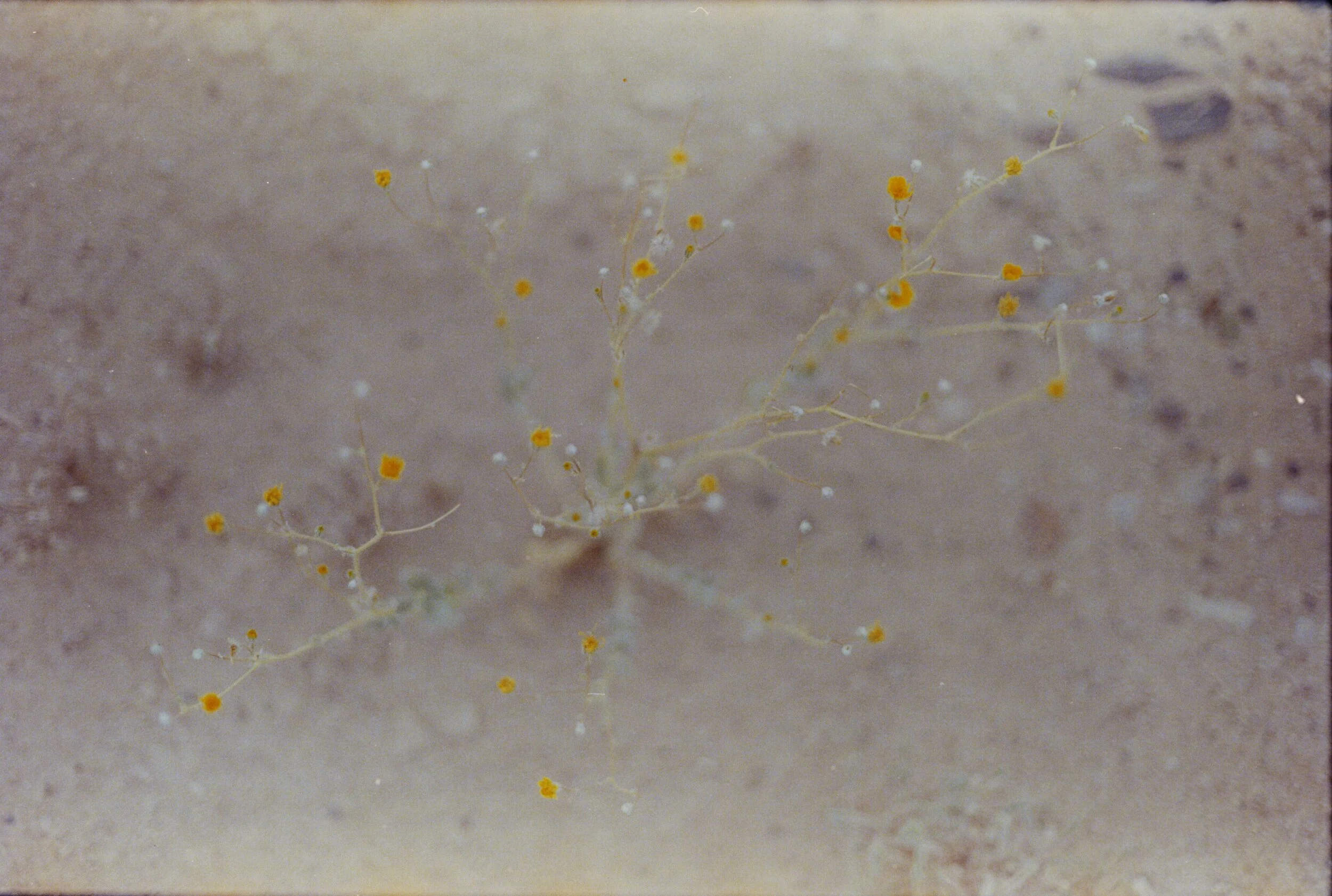As 2020 draws to a close and we look back on a year filled with change and growth, we wanted to take a moment to thank all Negative Supply users for supporting us! 2020 has been a challenge (in more ways than one), but one made easier by the support and encouragement we’ve received from so many along the way.
Negative Supply team (missing Brennan) photographed 12/2020. Nikon F100 with 20mm f/2.8 AIS, CineStill BWXX, scanned with Film Carrier MK1, Basic Riser MK1, 4x5 Light Source Basic.
In March we made the cross-country move to California. Excitement and enthusiasm for our next chapter was at an all-time high just as COVID-19 became a full pandemic. Two days after getting the keys to our new office a "stay at home" order was issued by the State of California. We were granted permission to remain open with certain restrictions and as April came so did new enthusiasm for our tools, and we've been blown away by the support of so many since the spring.
Since April we’ve added six additional team members to the Negative Supply crew, and are better suited than ever before to meet the needs of our industry. We’ve launched 23 new products in 2020, with huge plans to continue innovating in 2021 and onward.
In June the demand for our tools made it essential that we move into an ever large space. Our current headquarters gives added facilities for in-house manufacturing, additional space for new team members, as well as a film processing area, film scanning station, and an area permanently set up for scanning demonstrations and other tutorials for YouTube, Instagram, and more.
We hope you have a safe and happy holiday with your friends and family, and we hope you shoot some film in the process! Thanks so much for helping write the first chapter in the story of Negative Supply. We can’t wait to see what 2021 holds!
Most warmly,
Negative Supply Team


